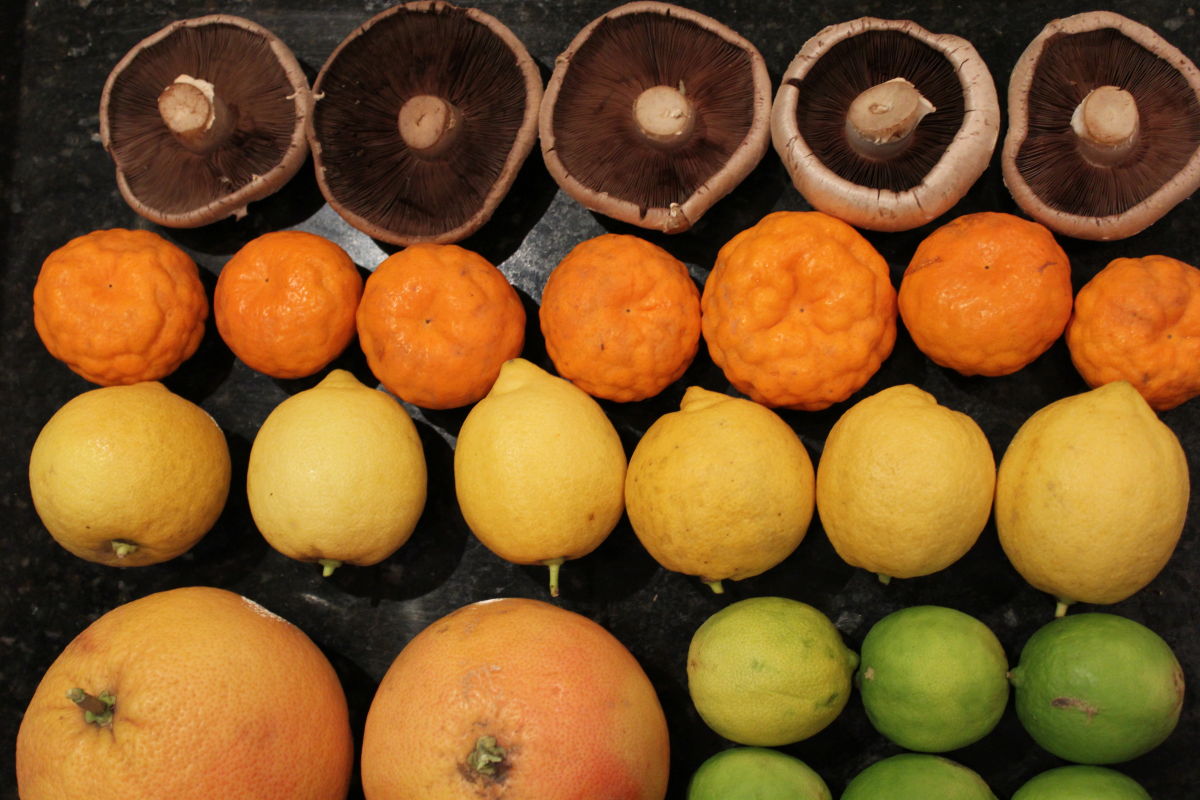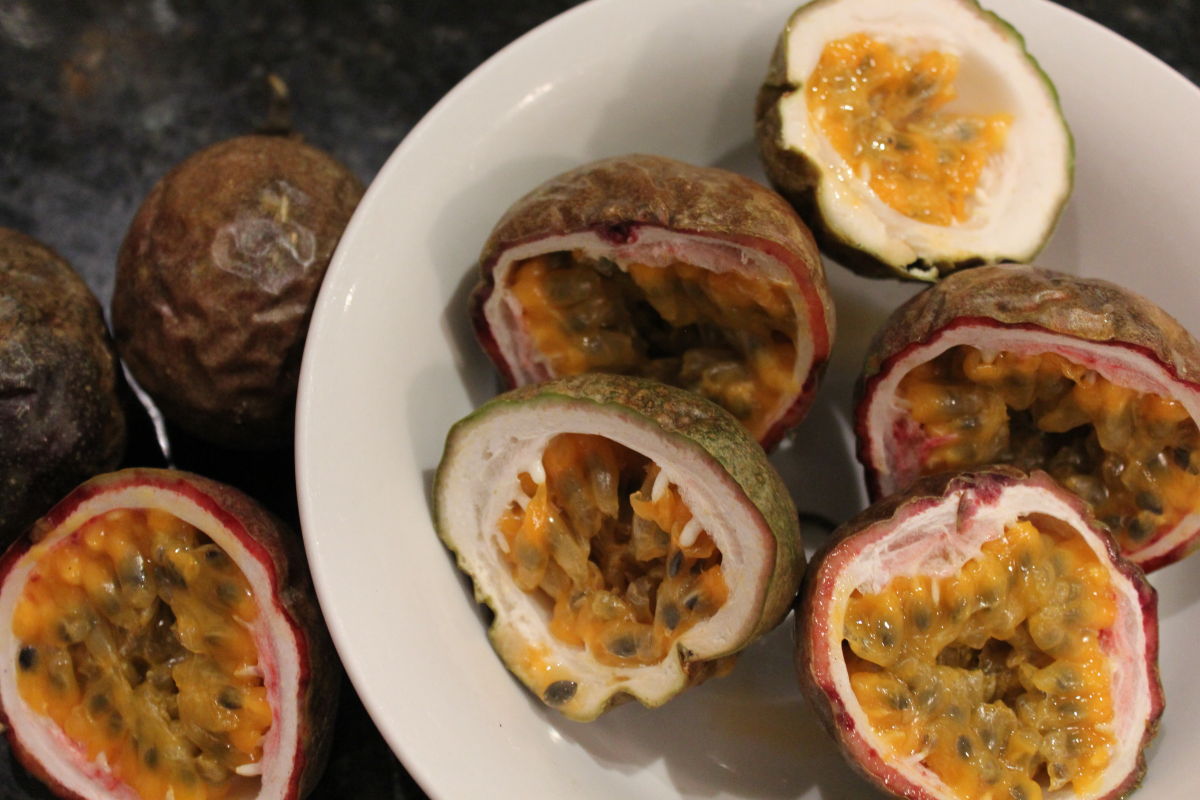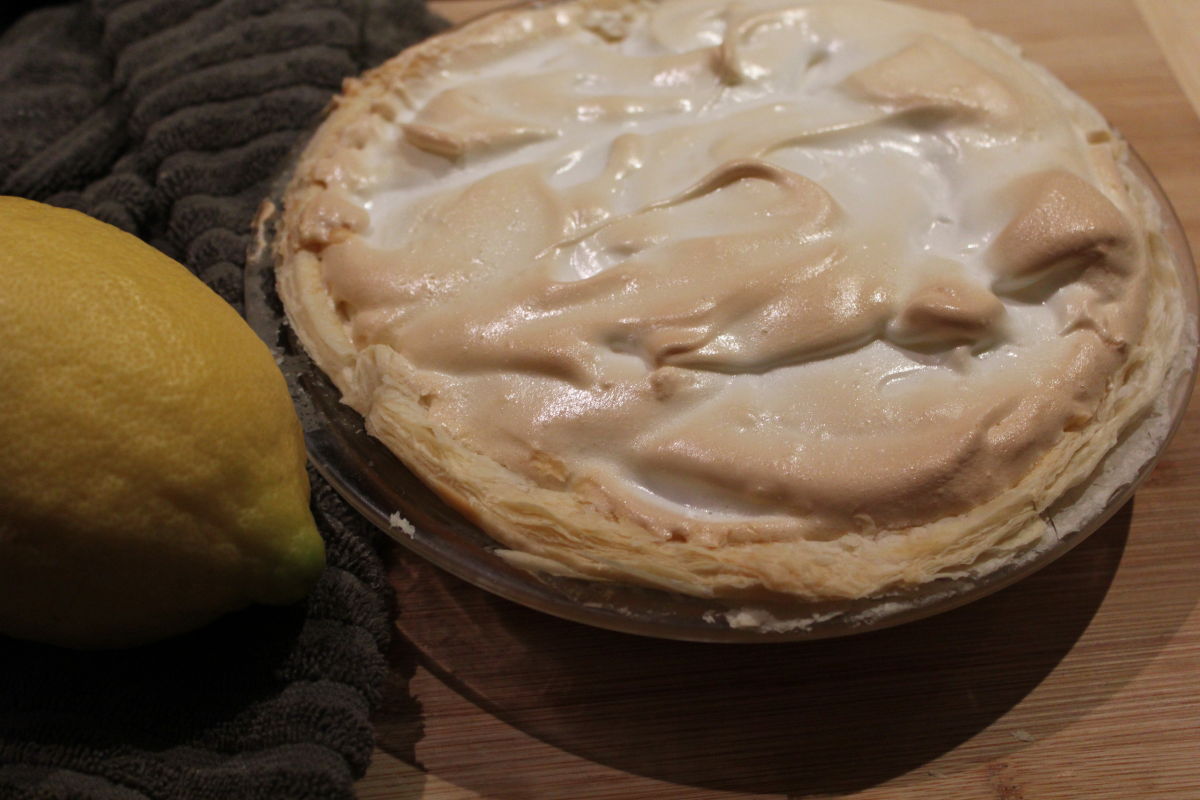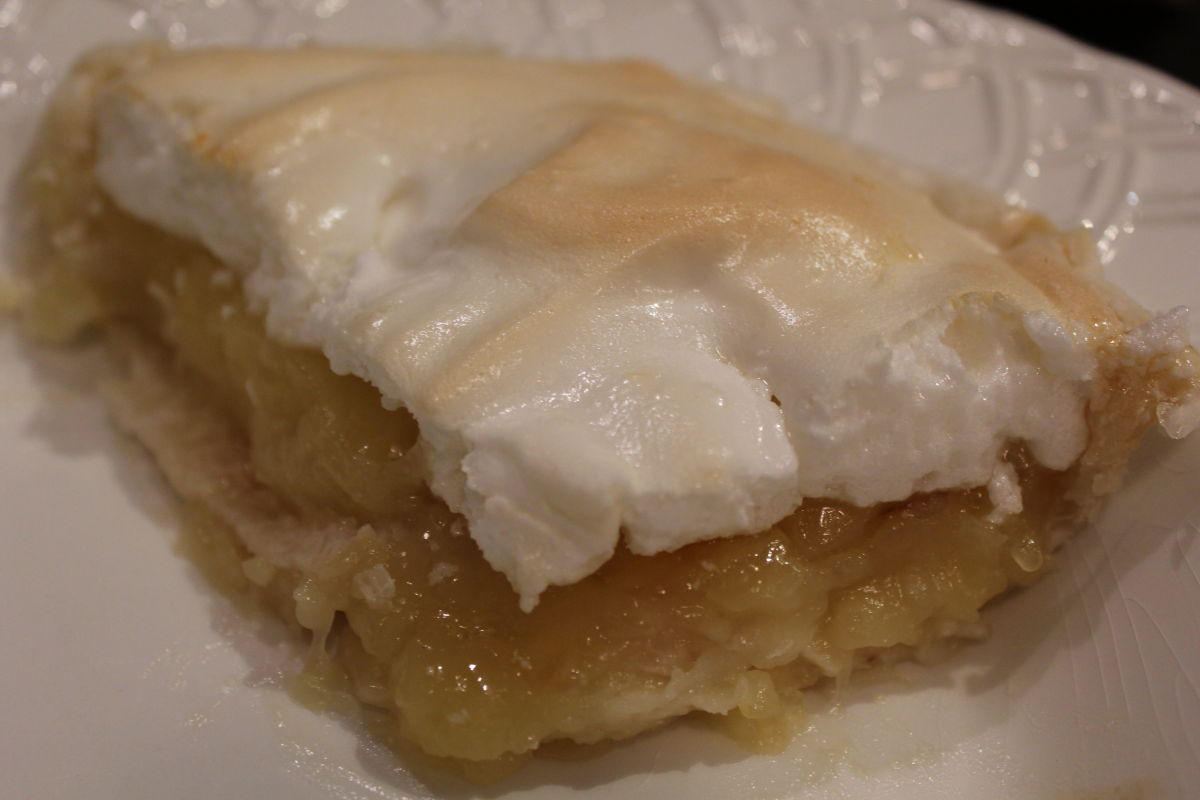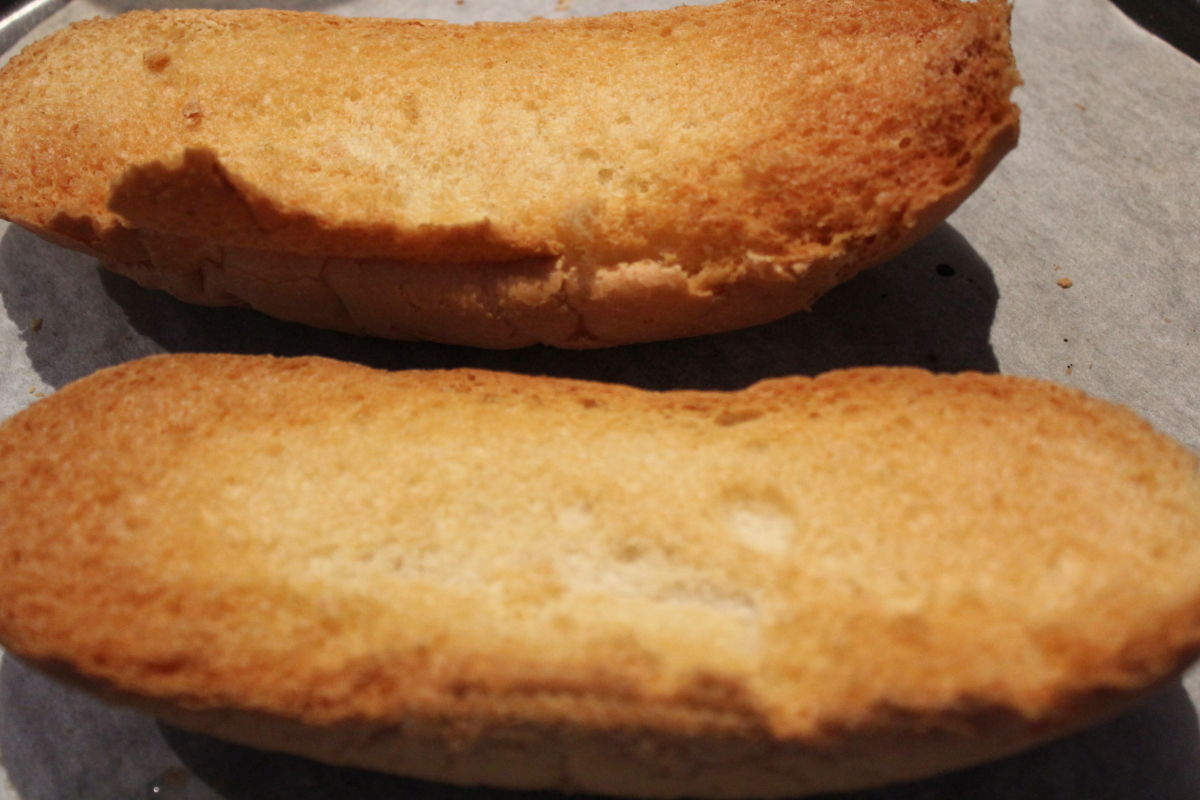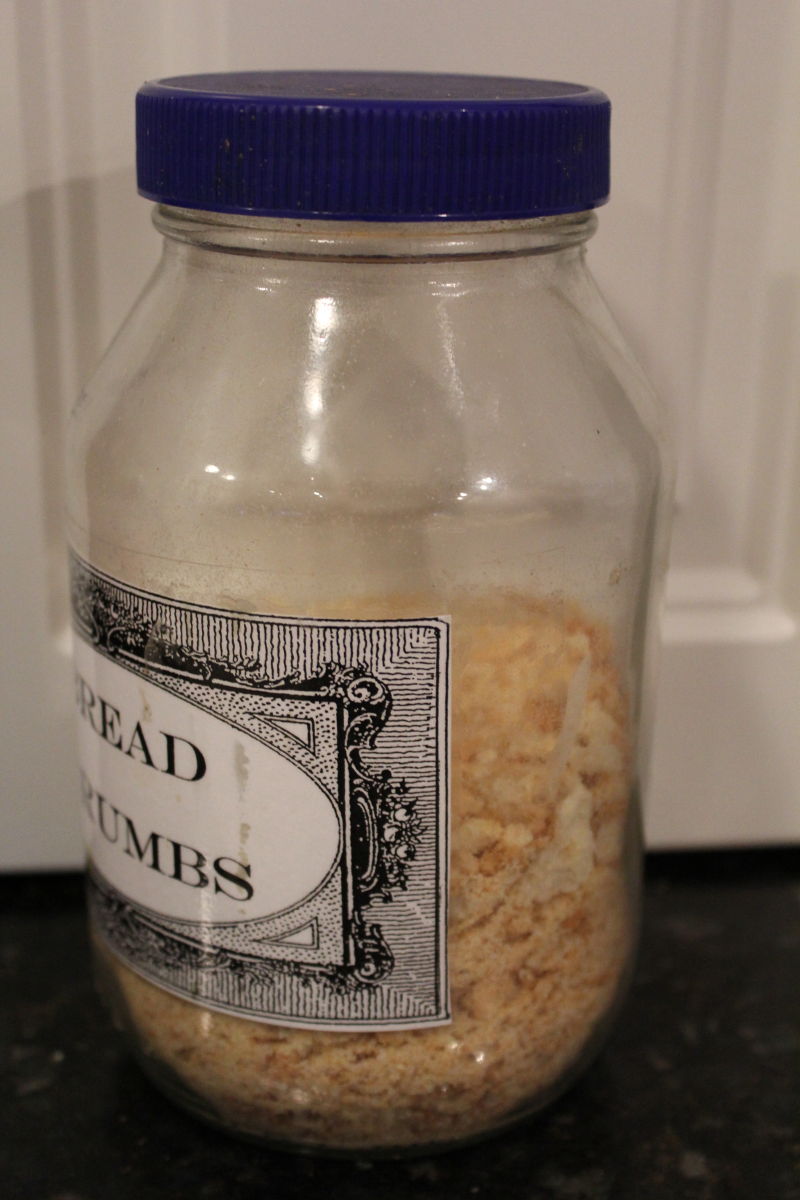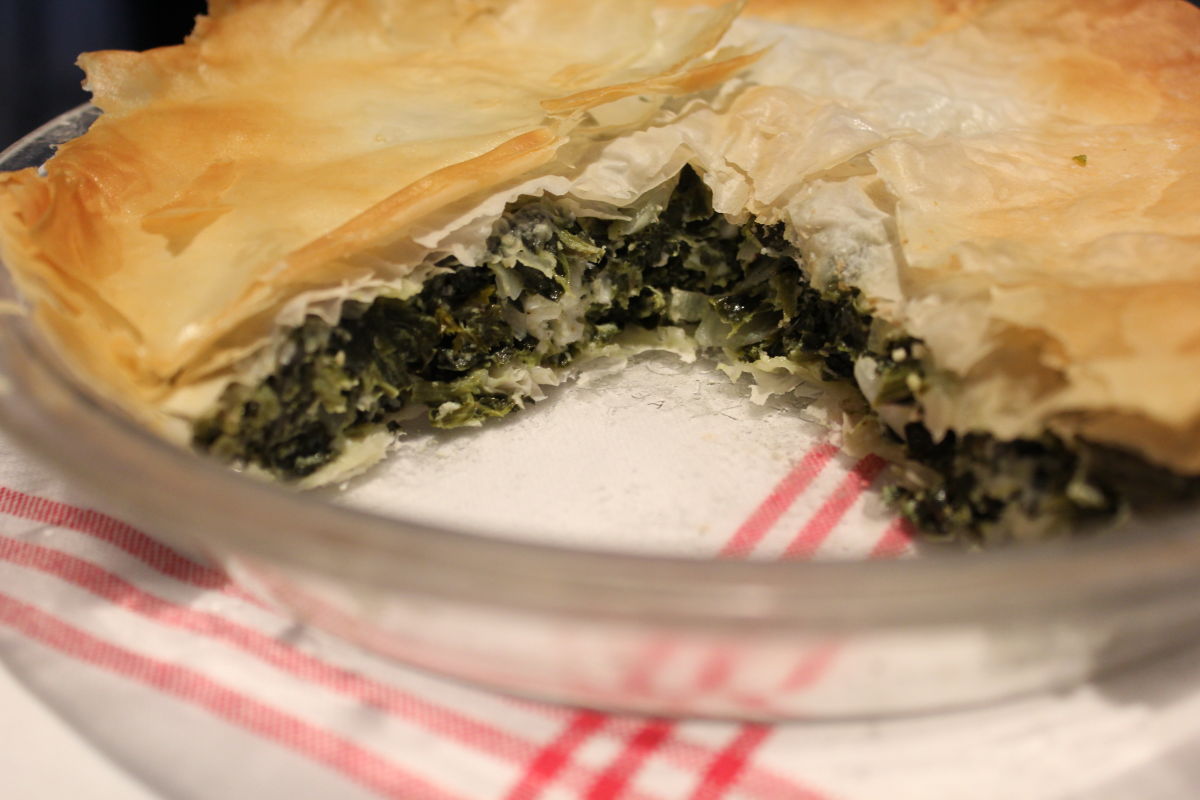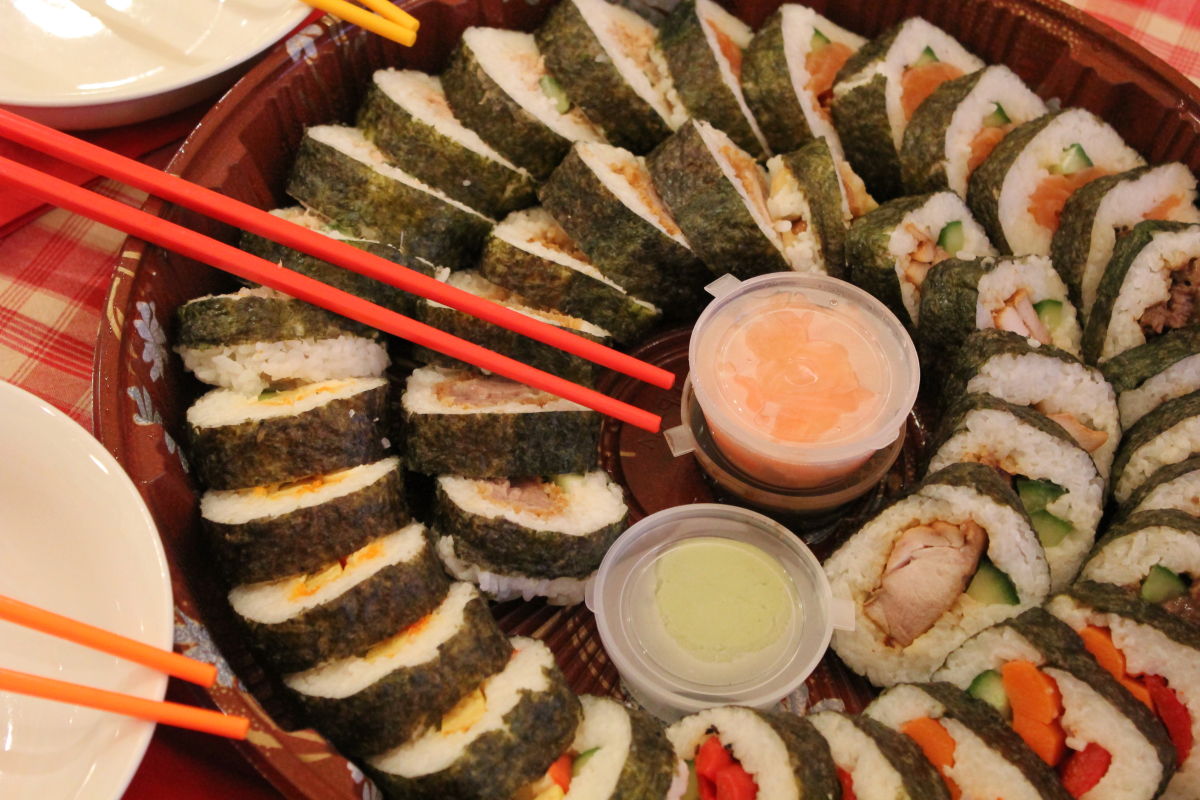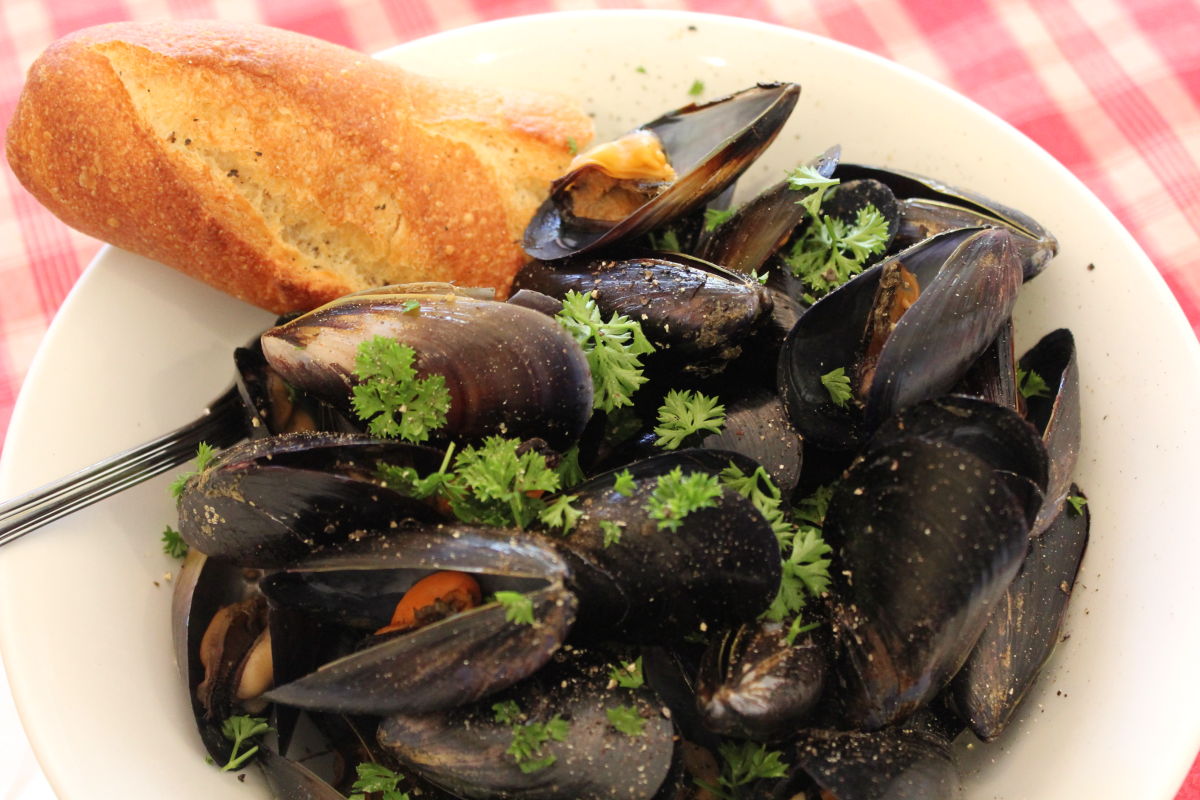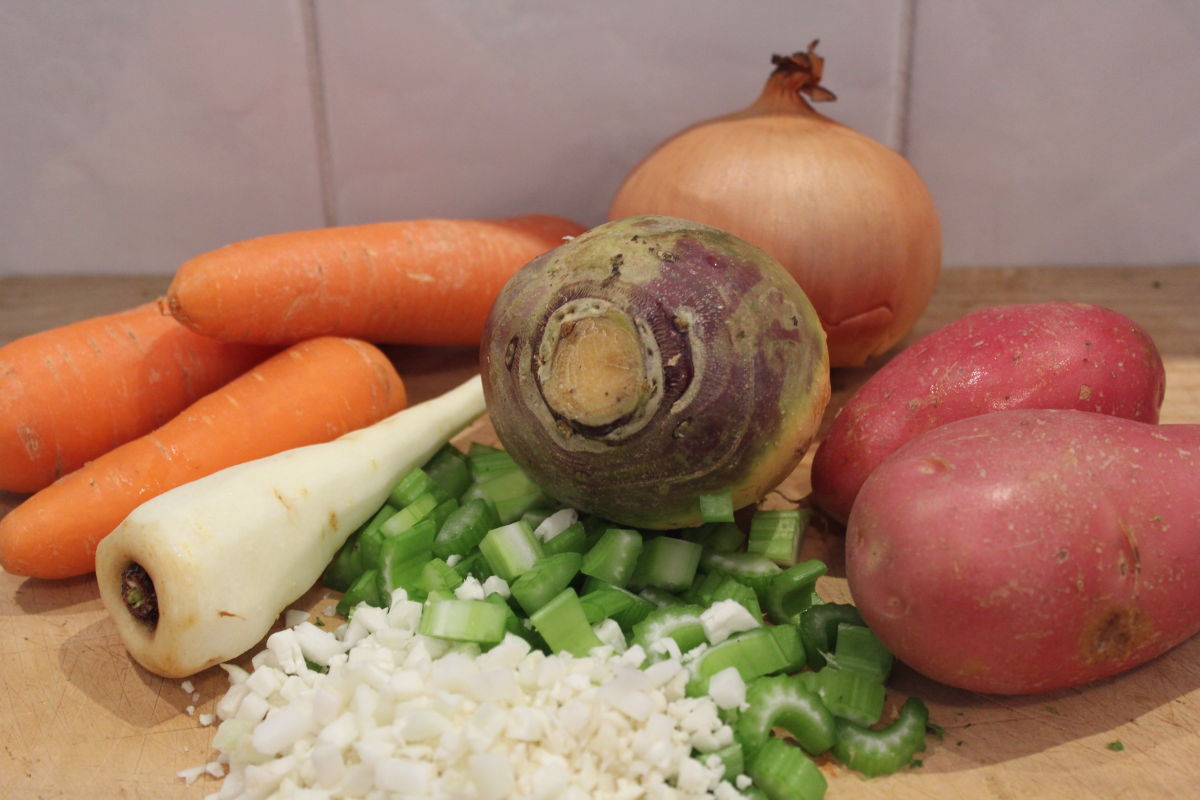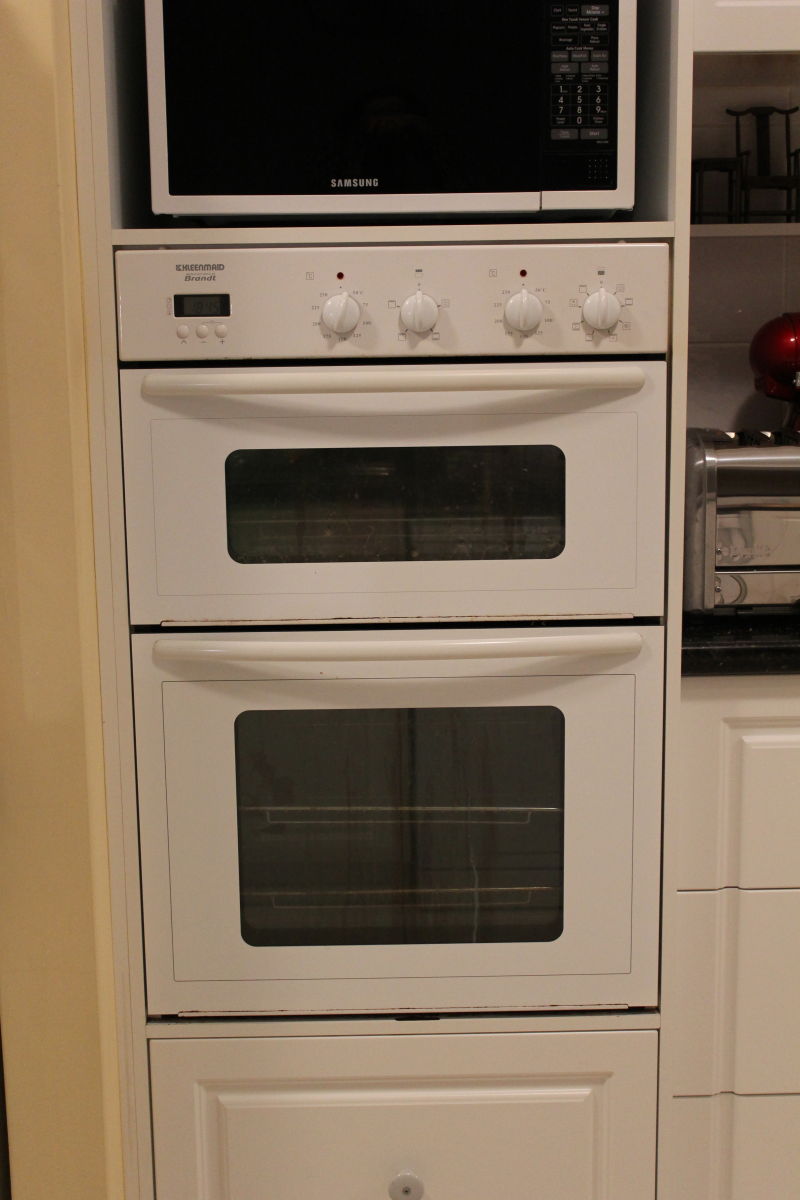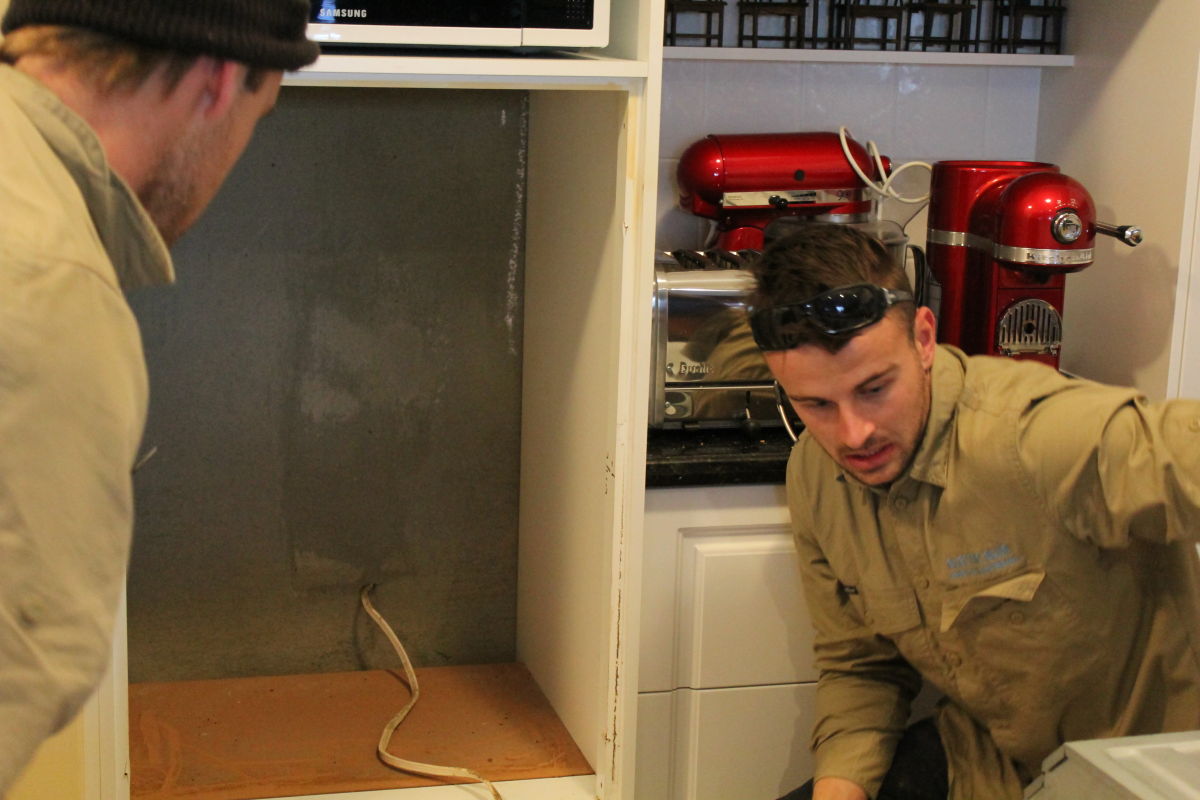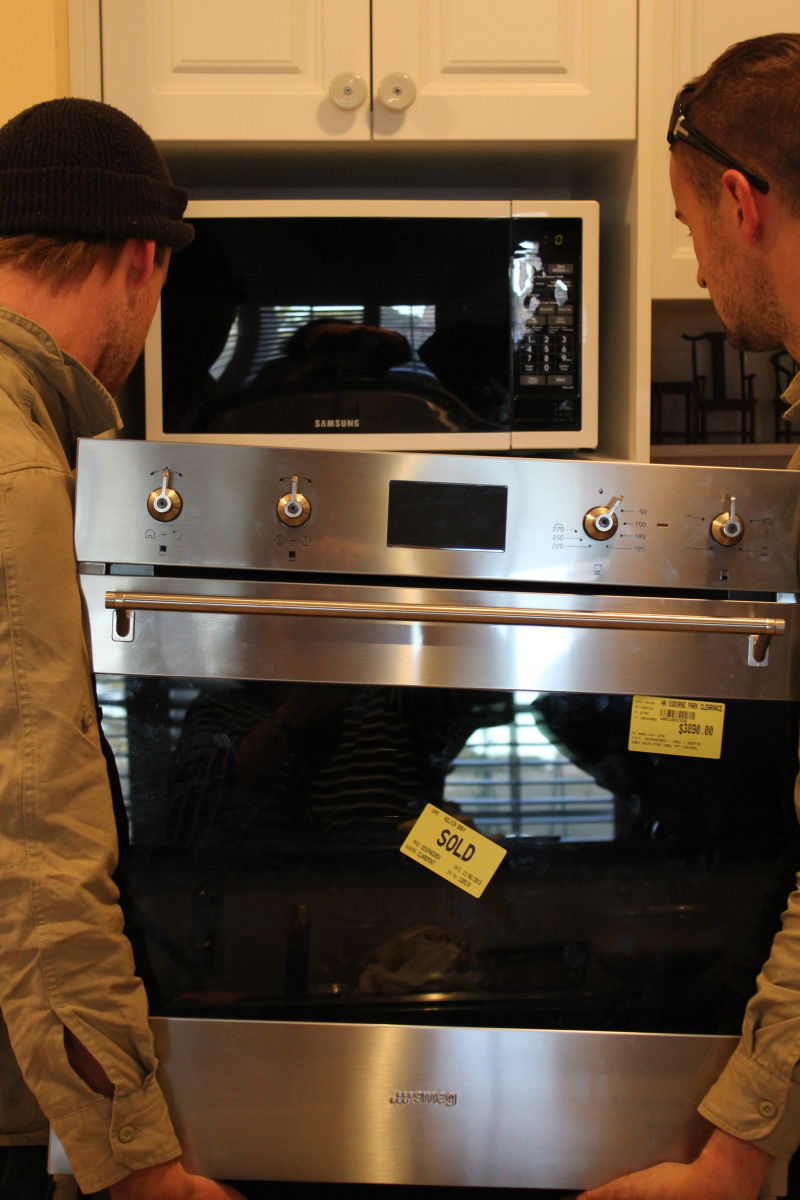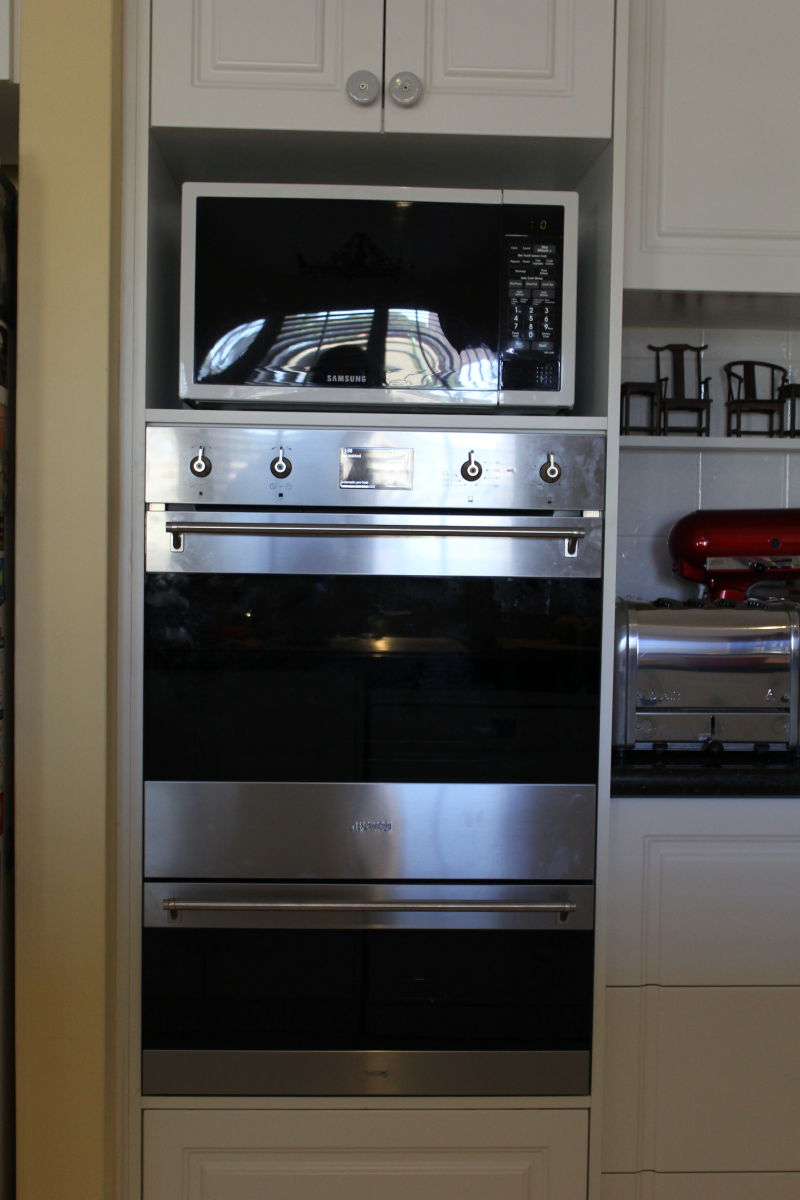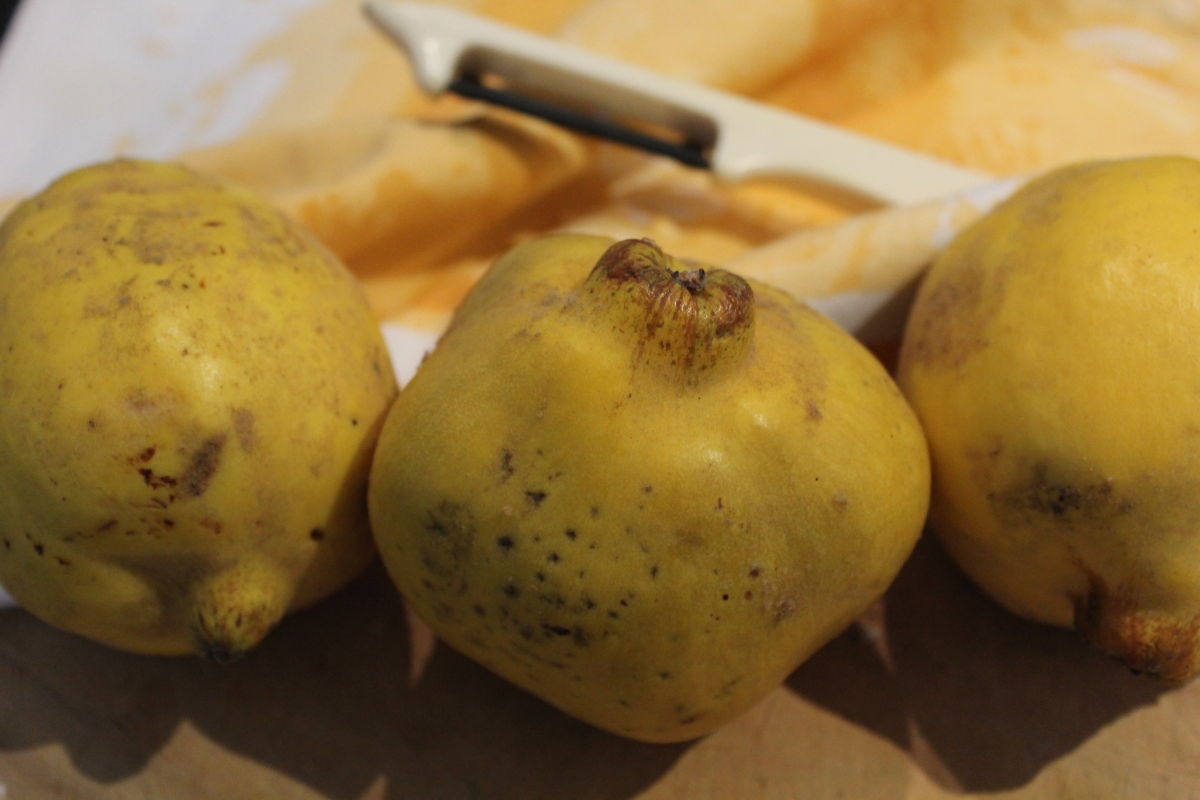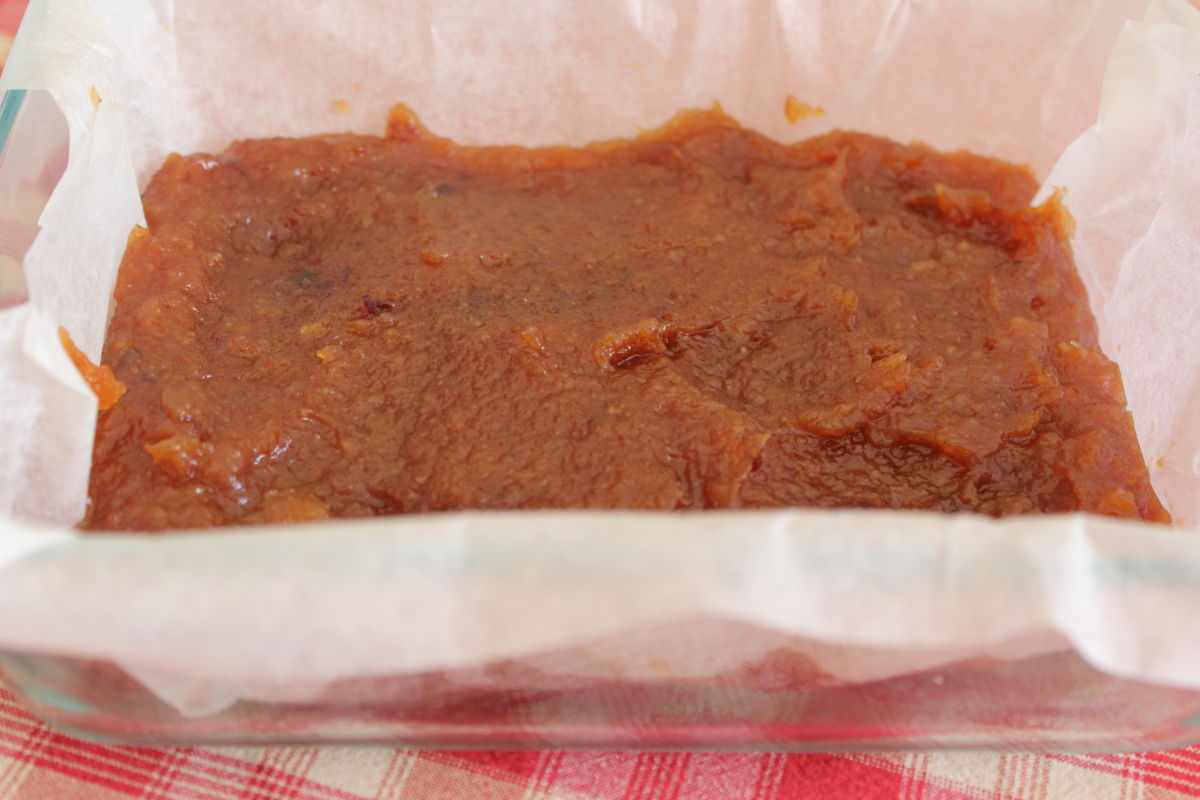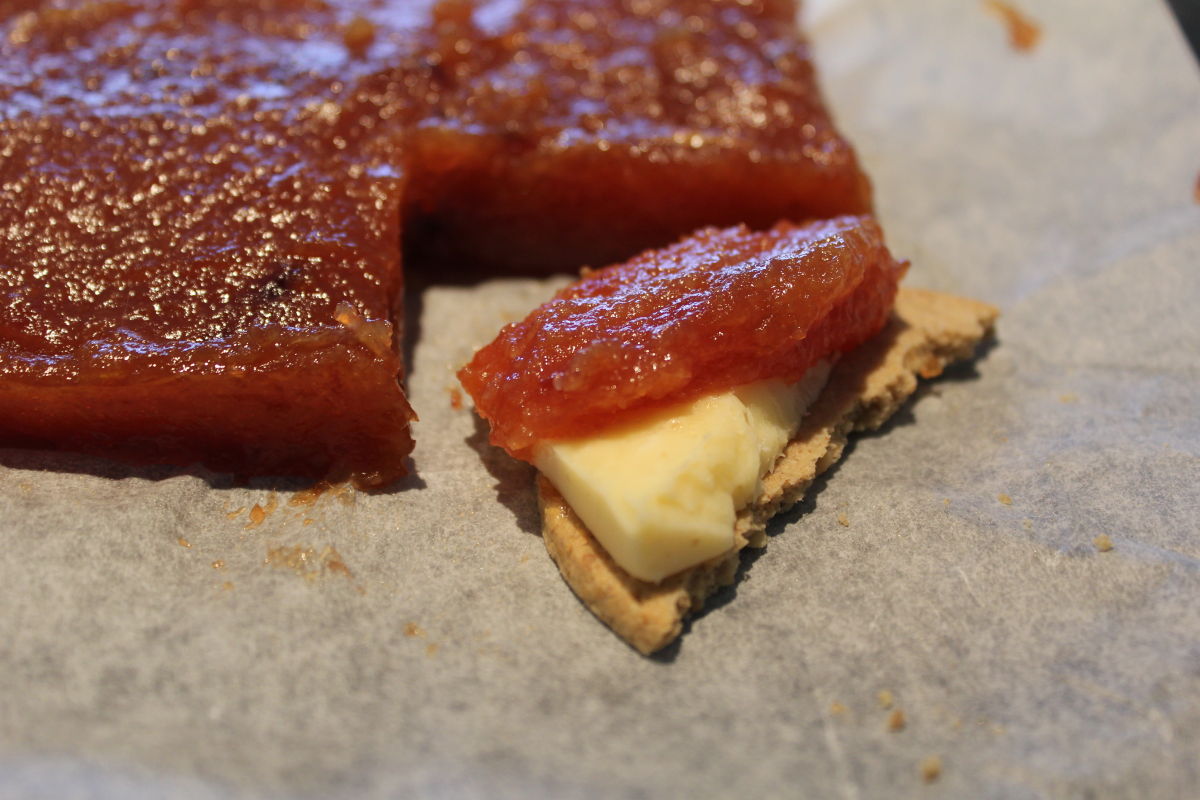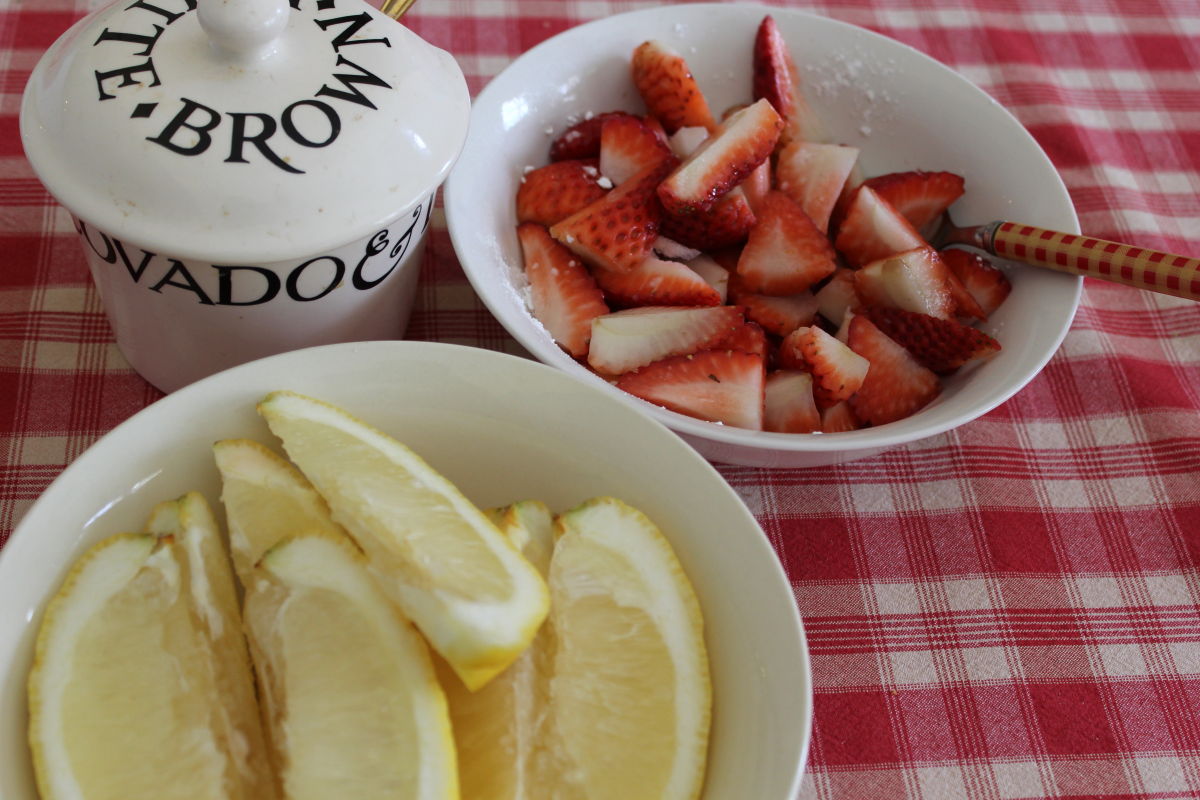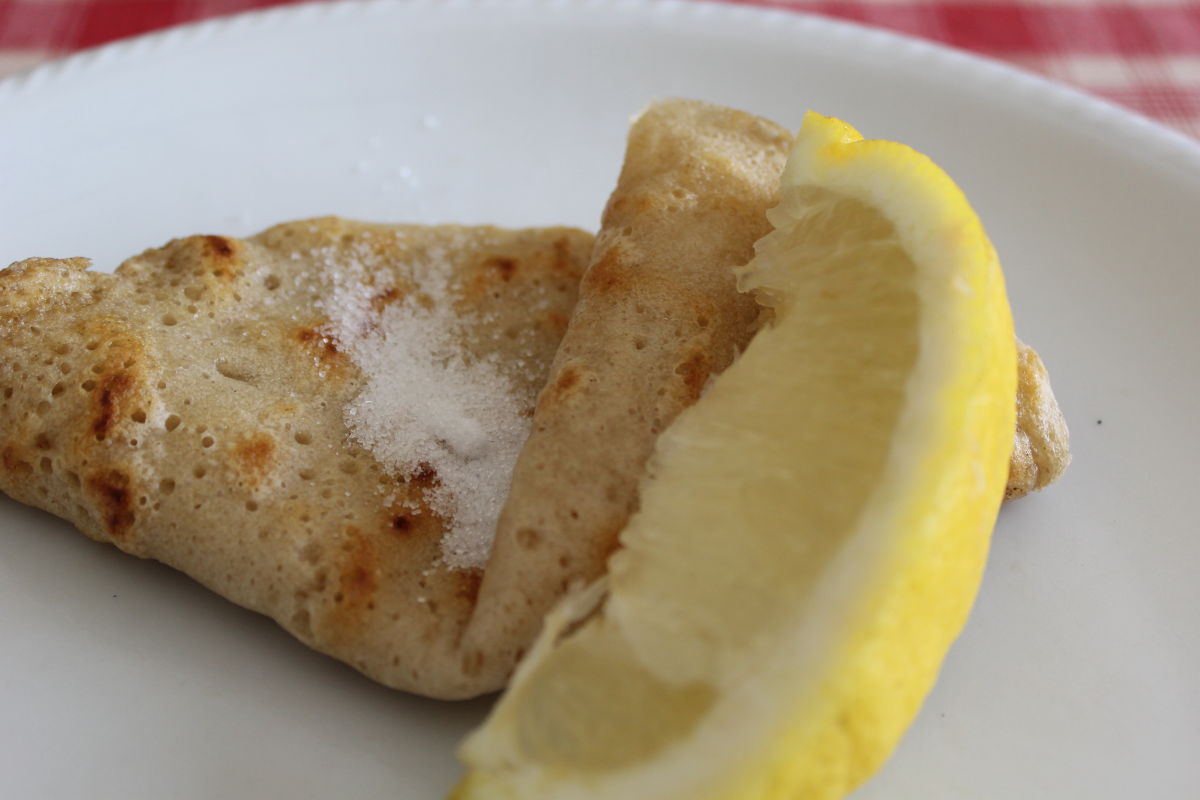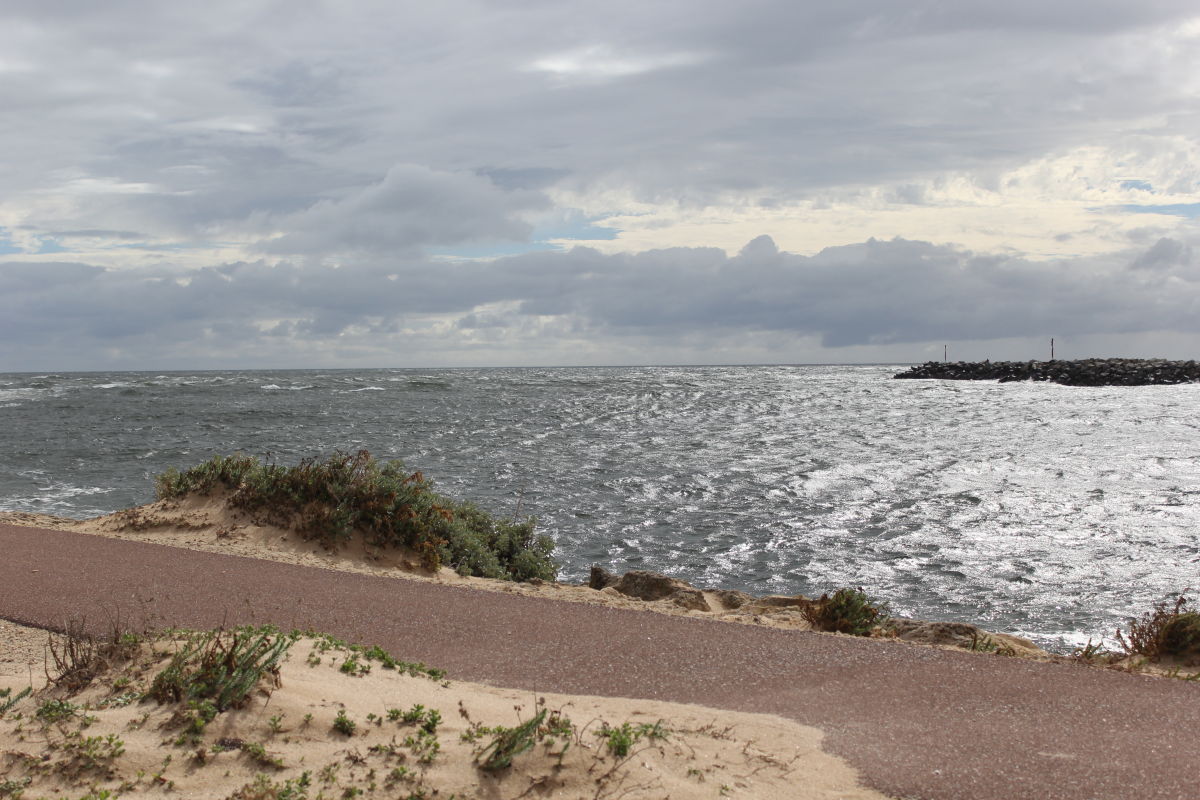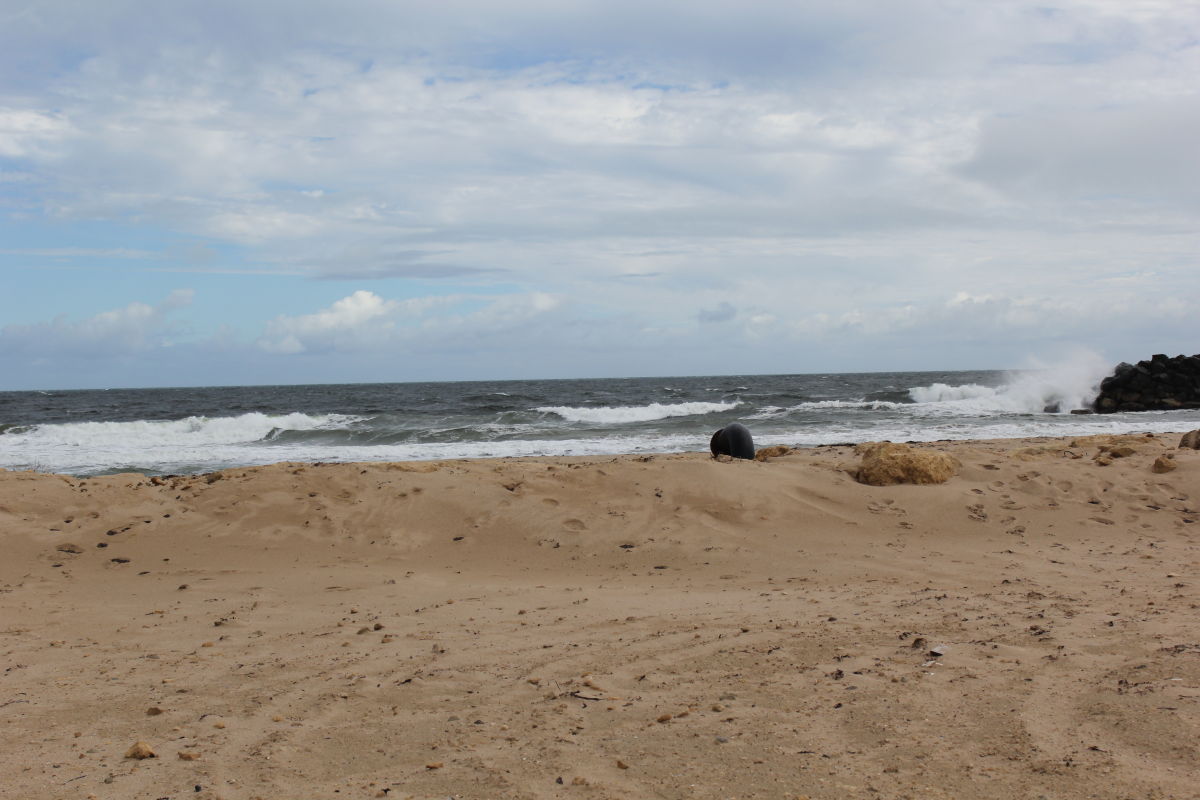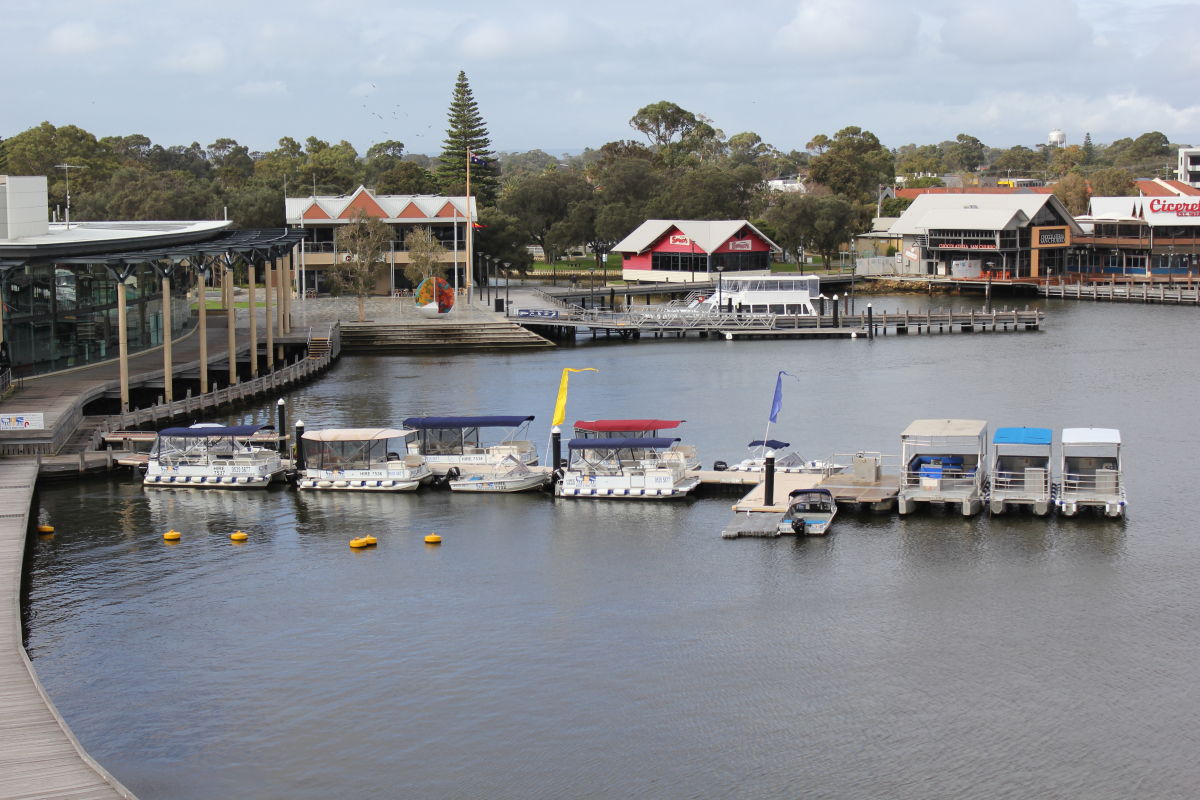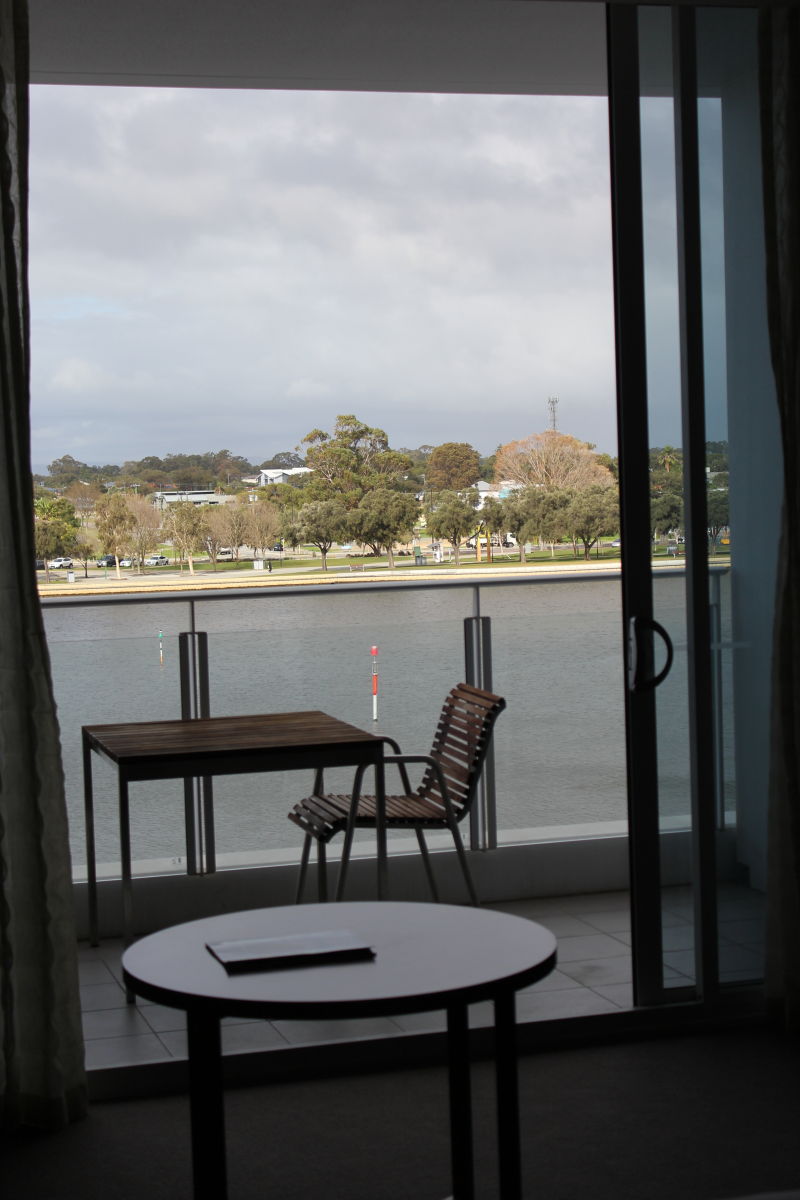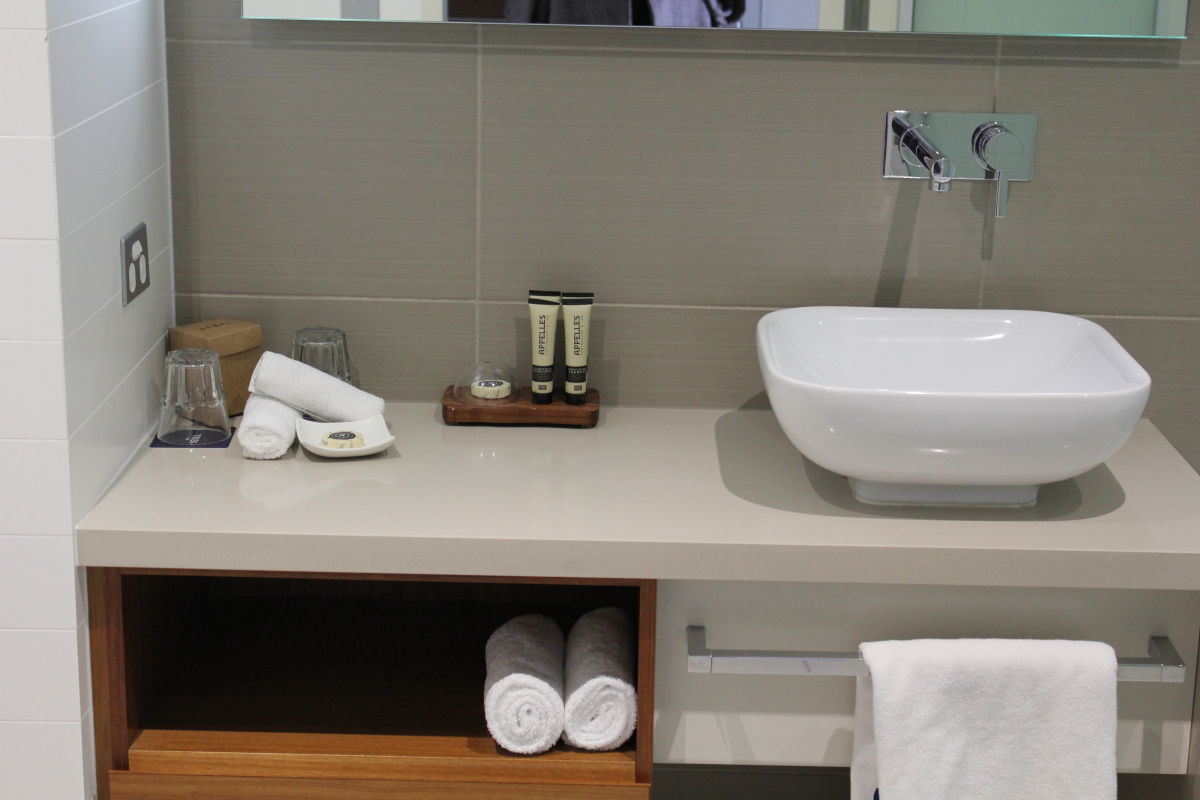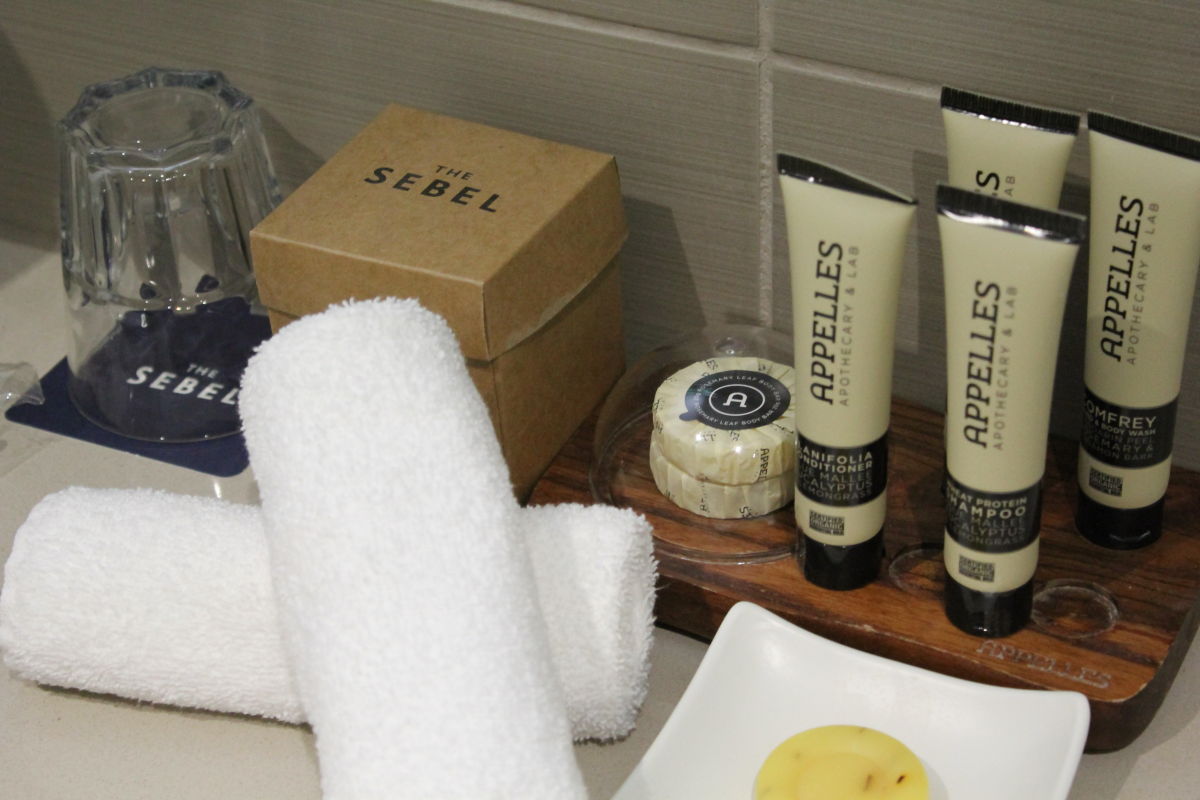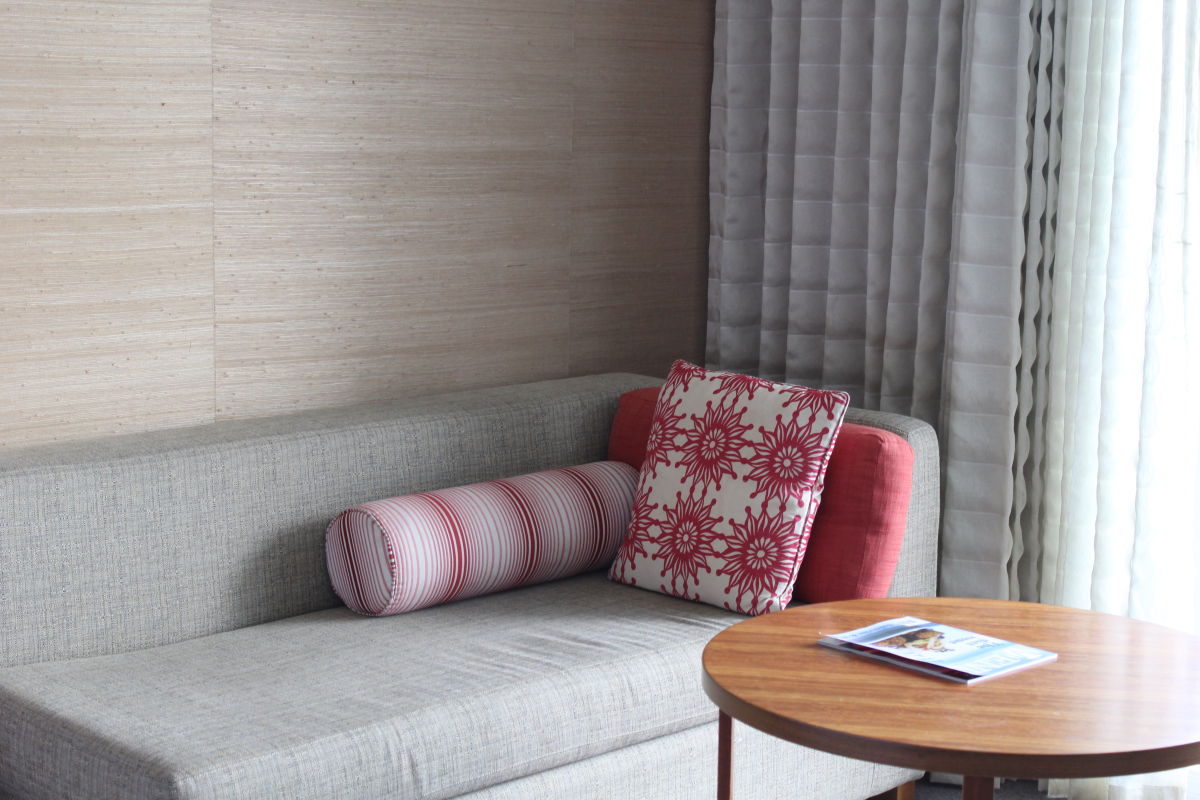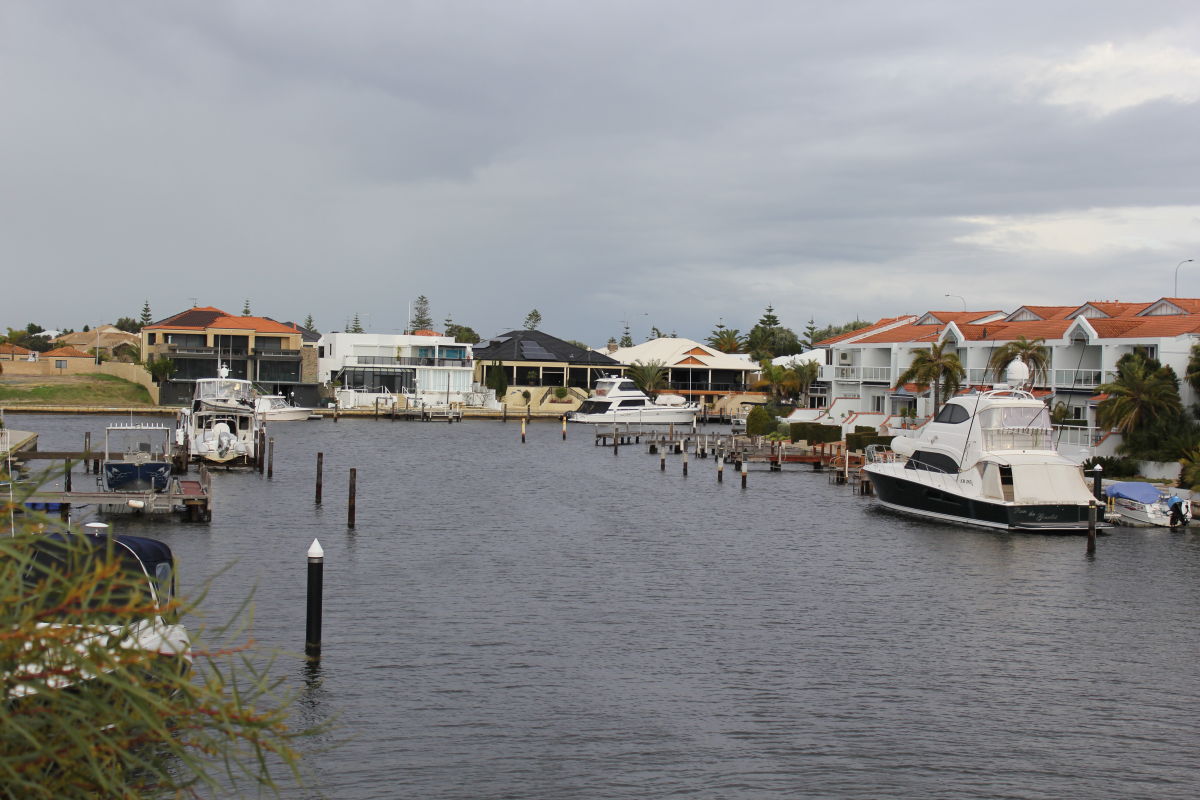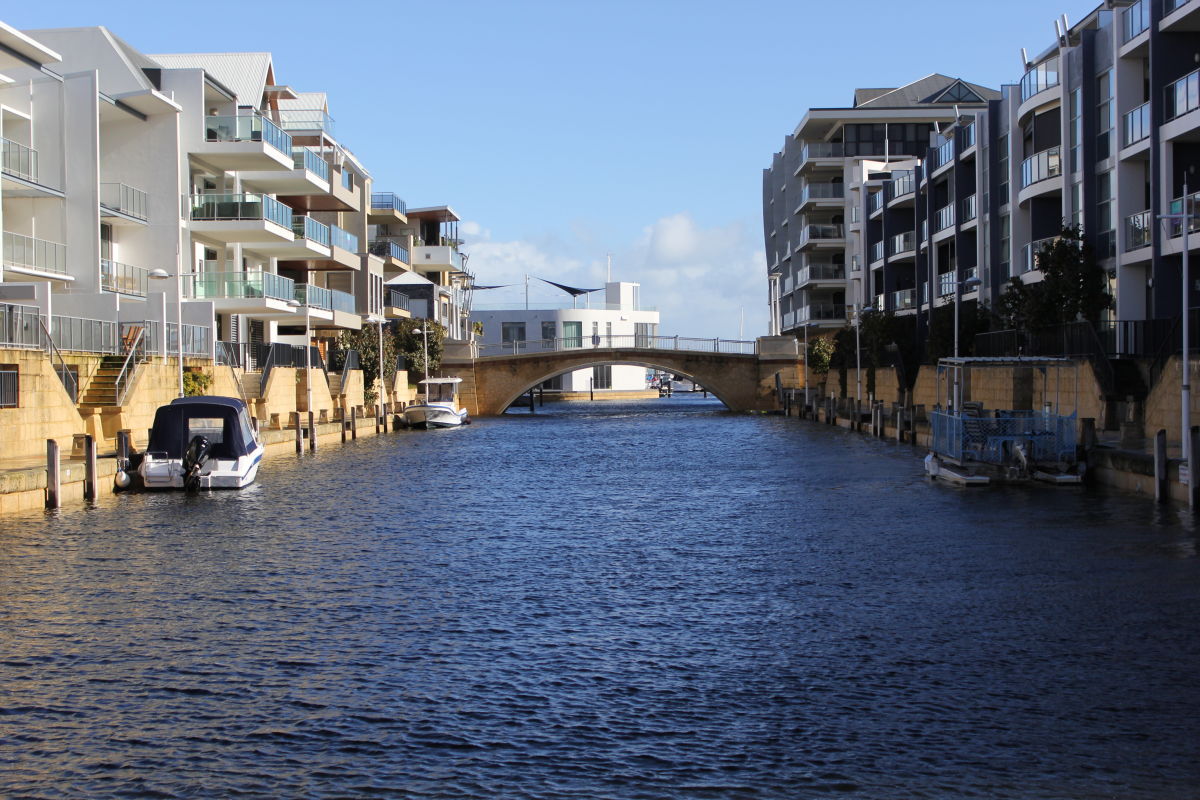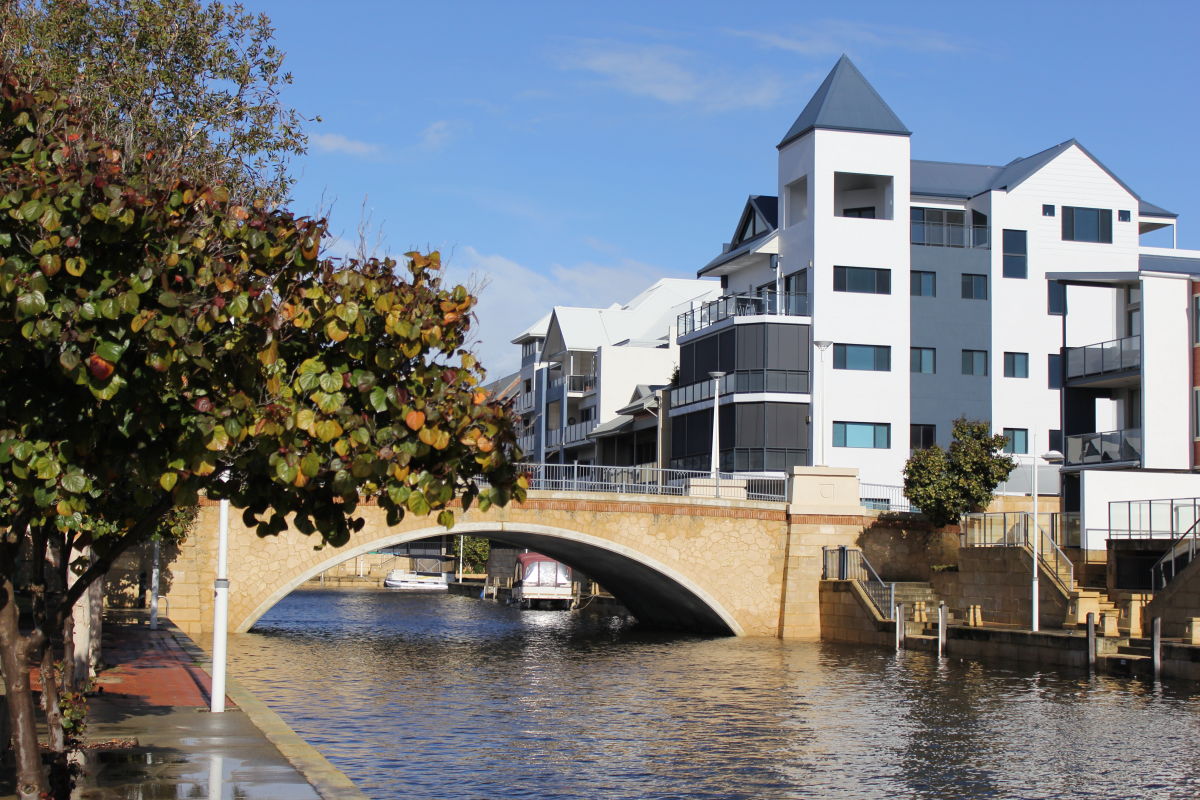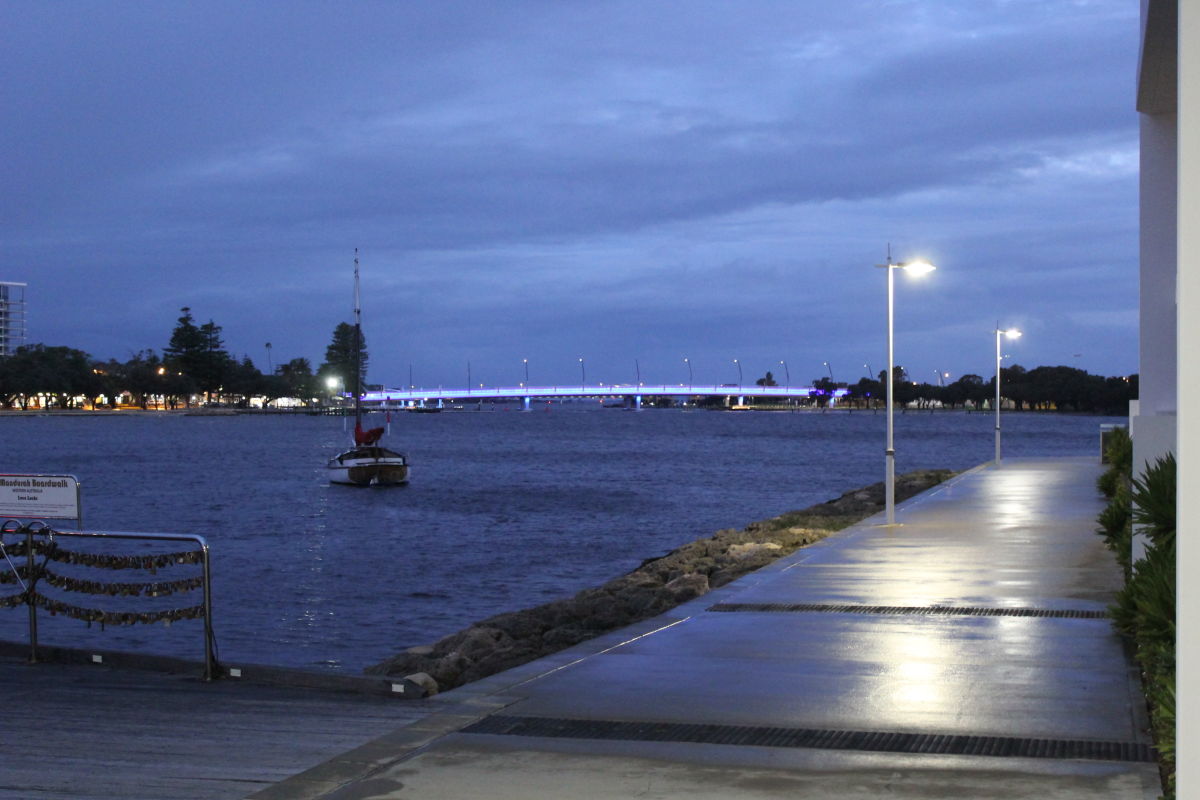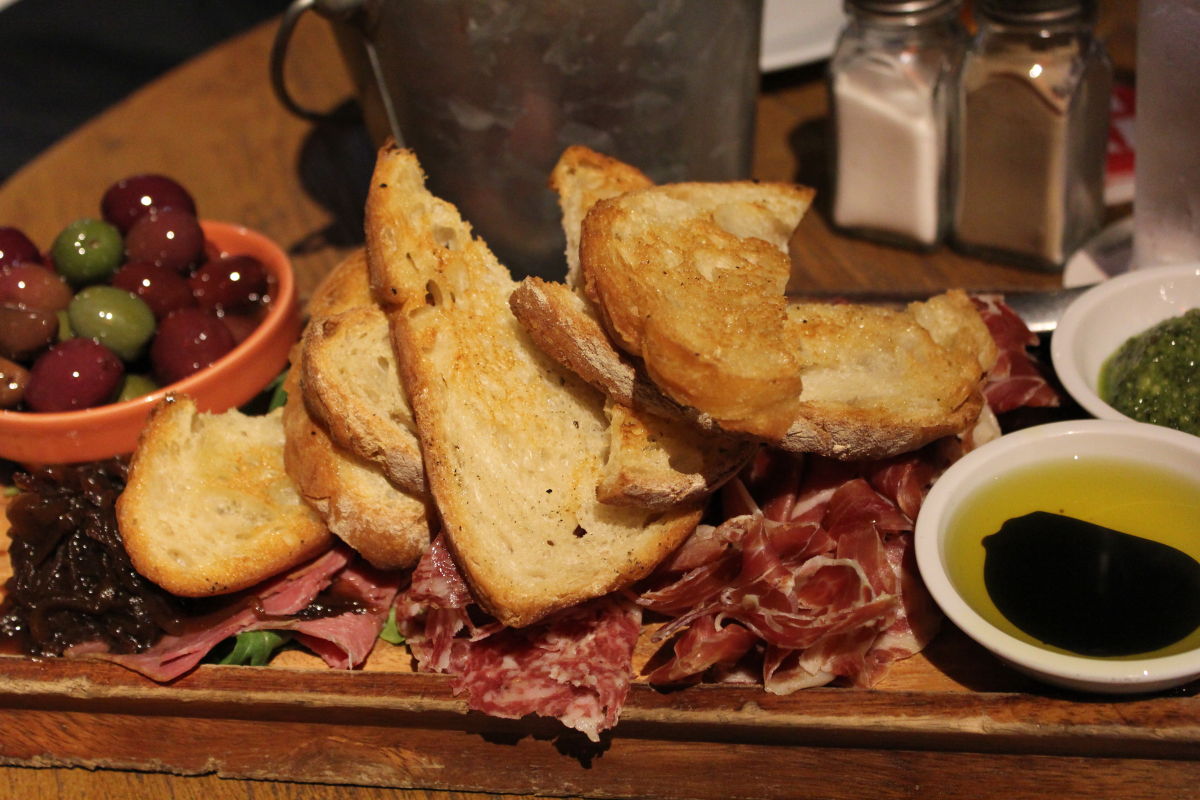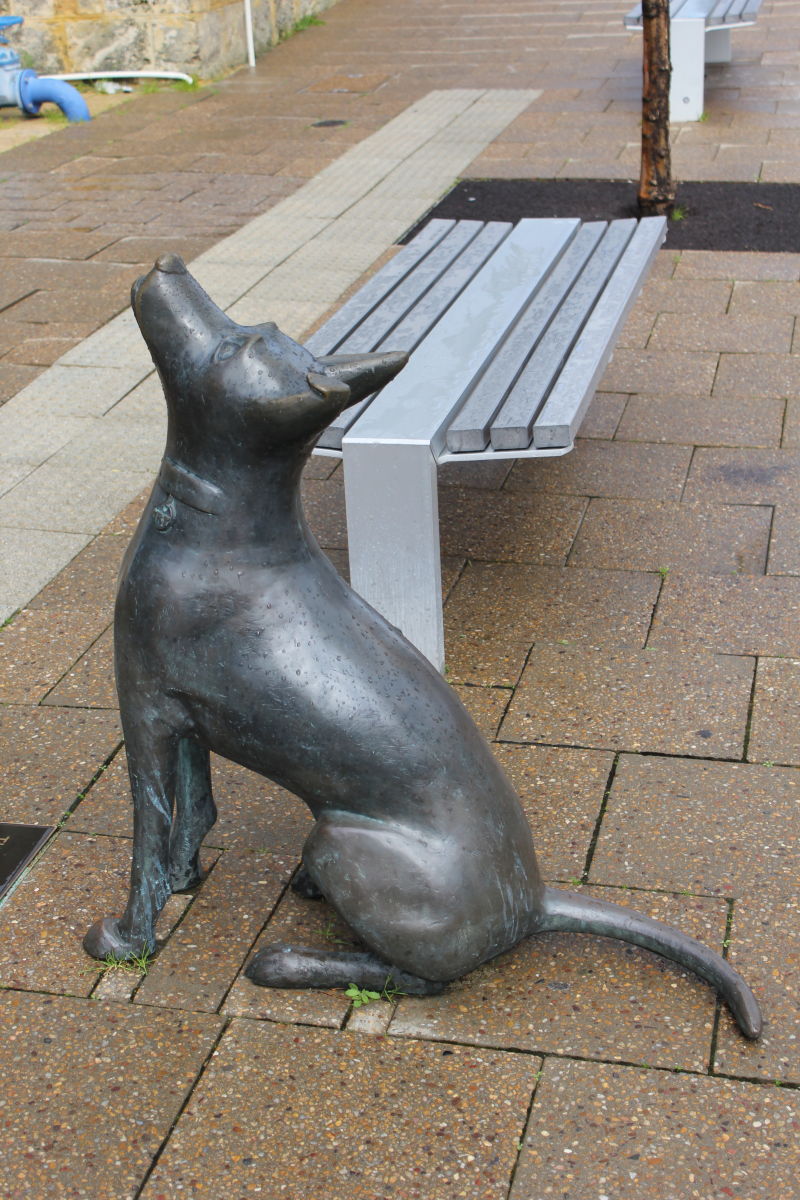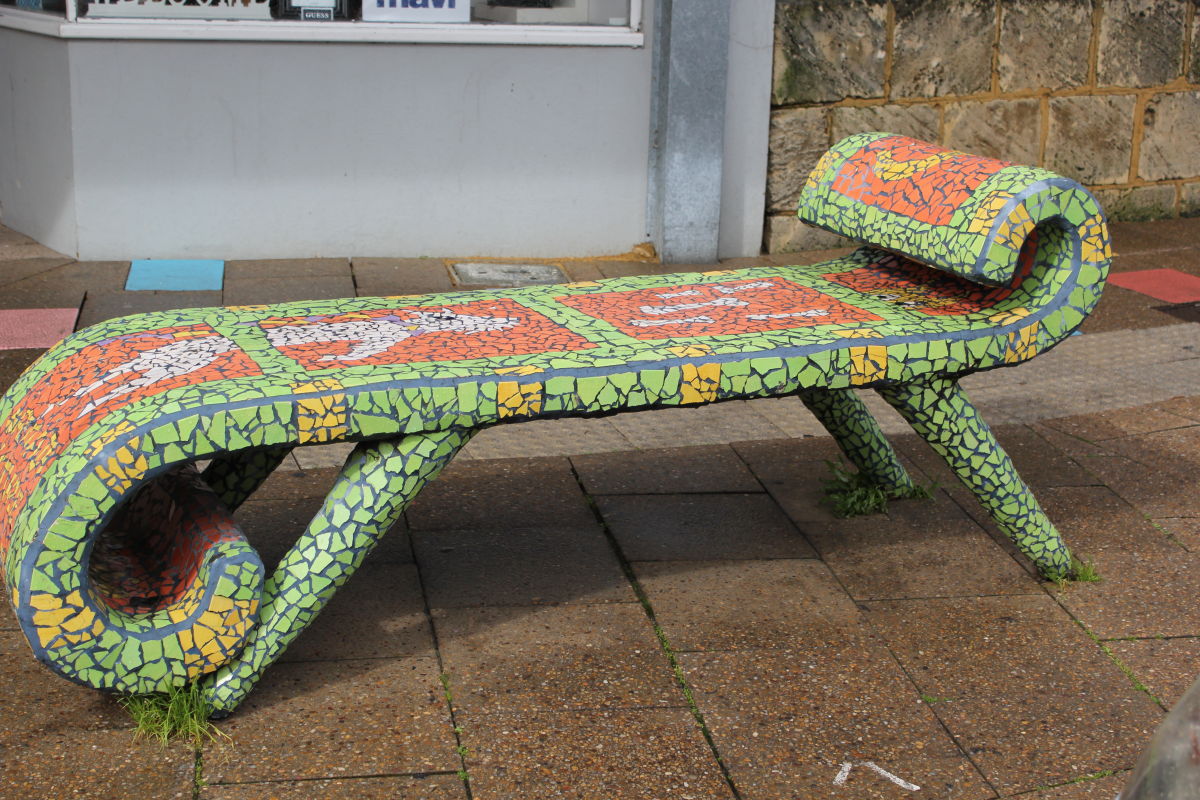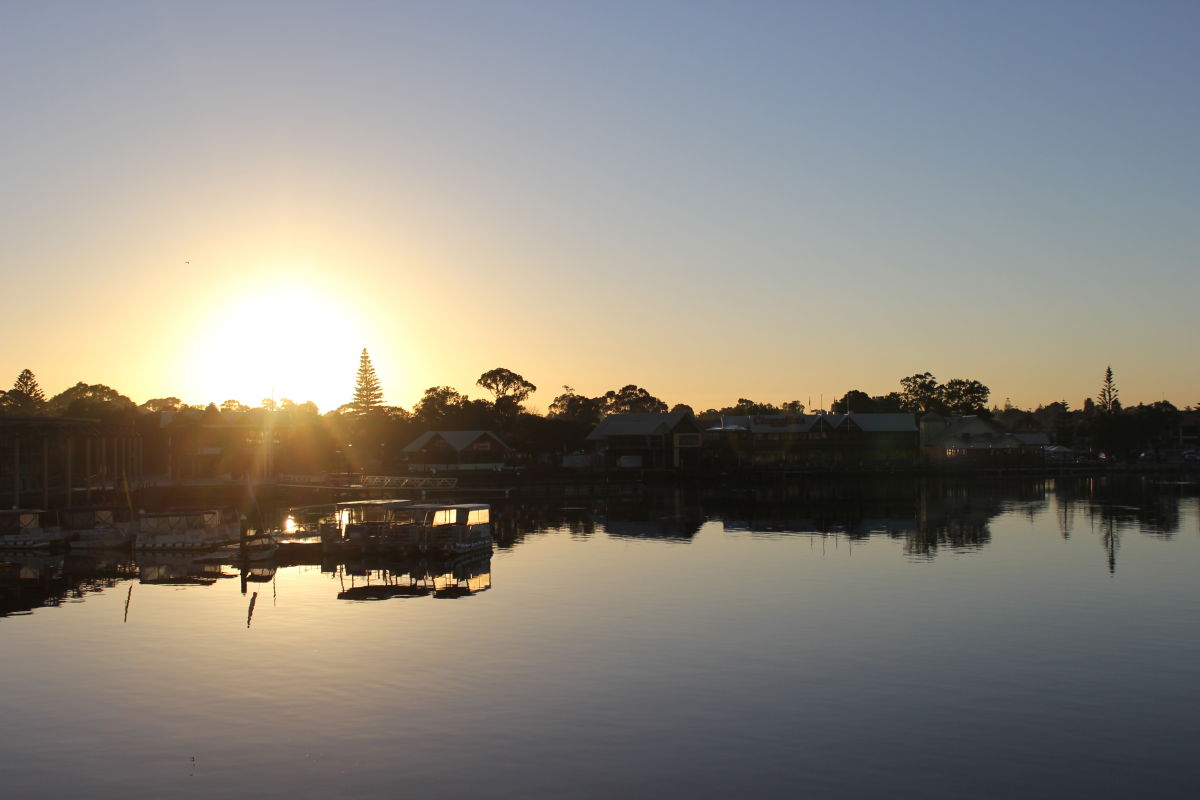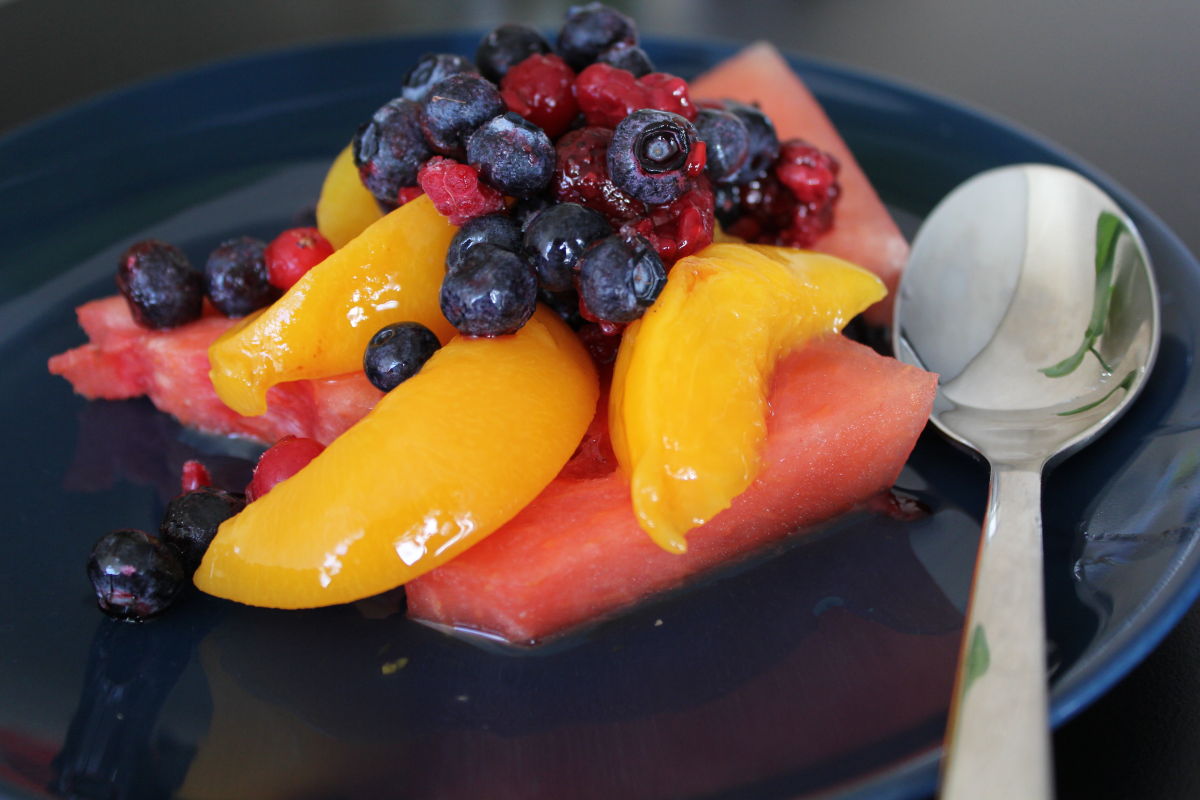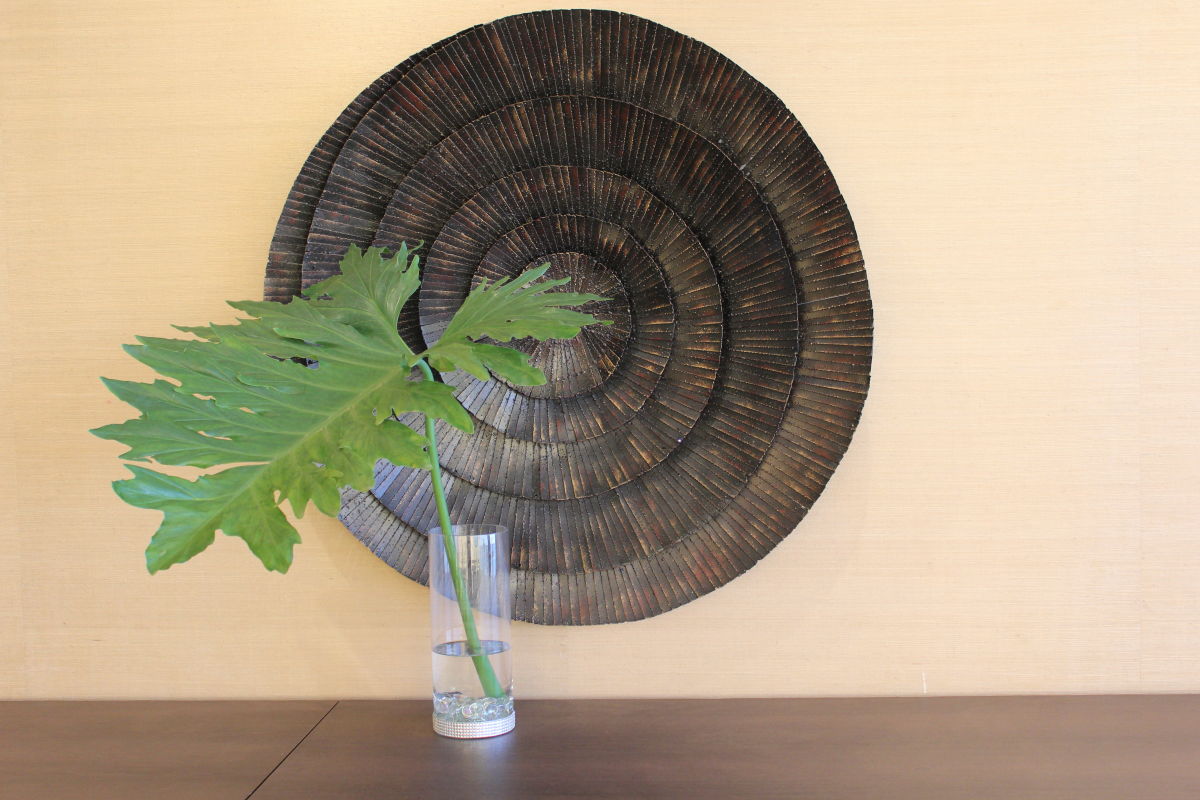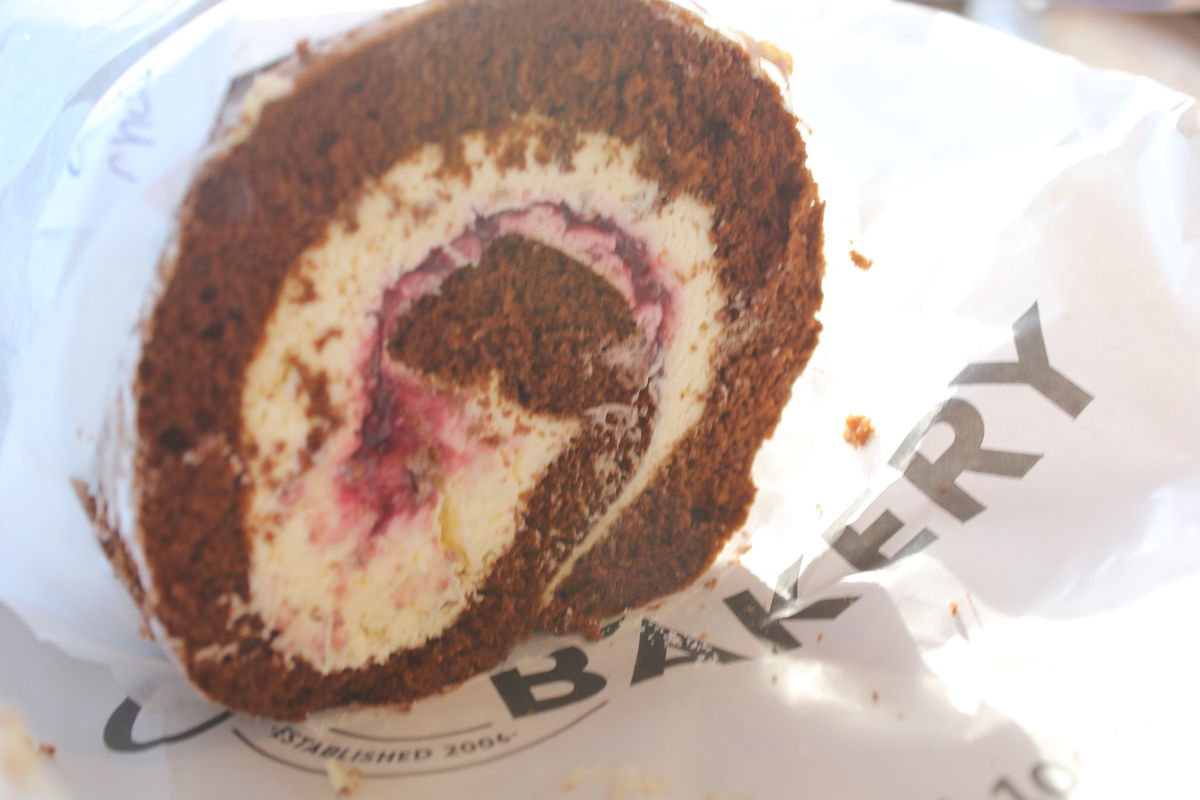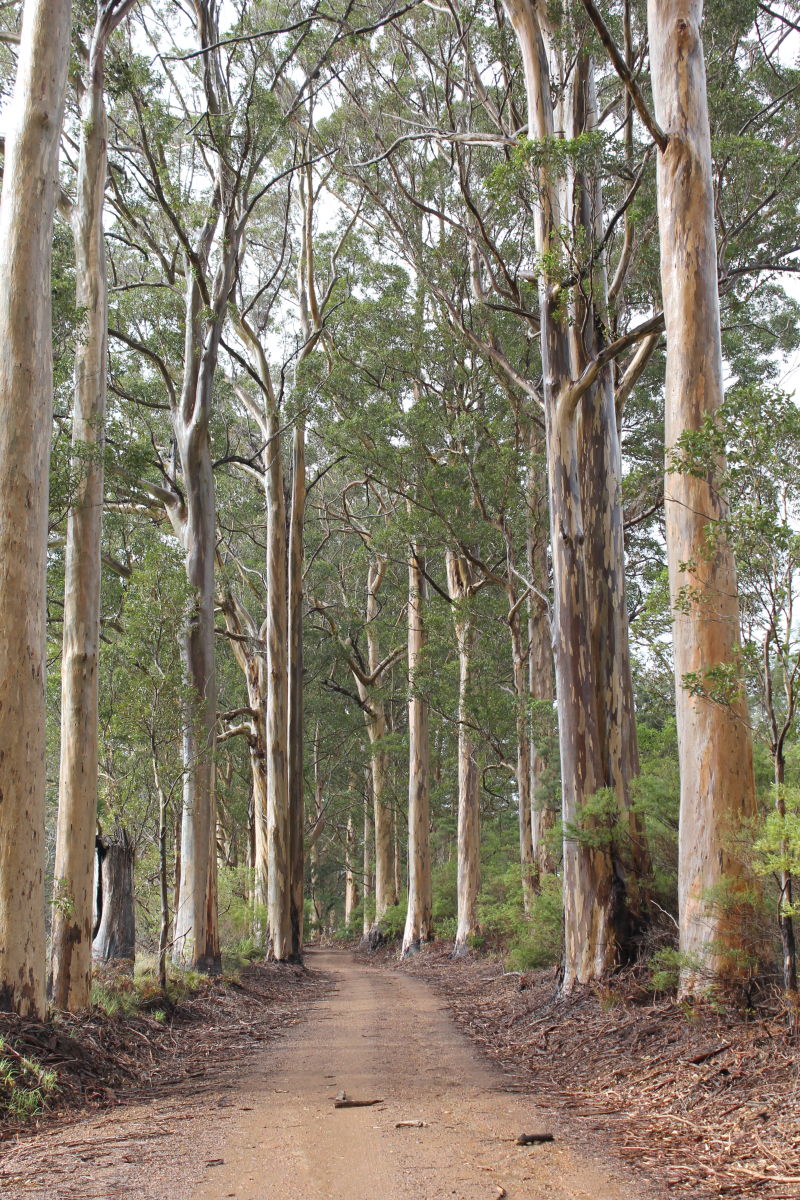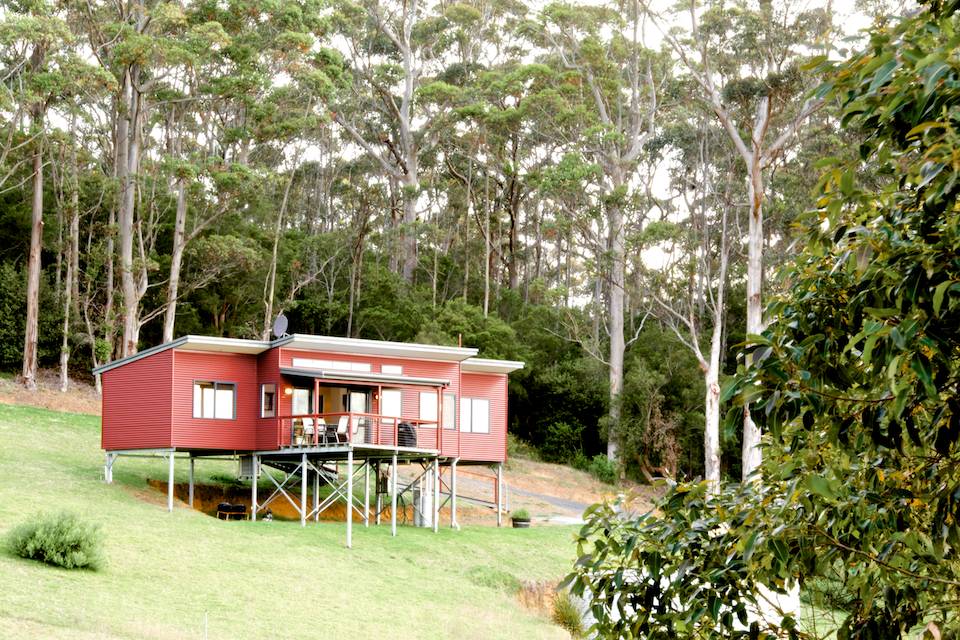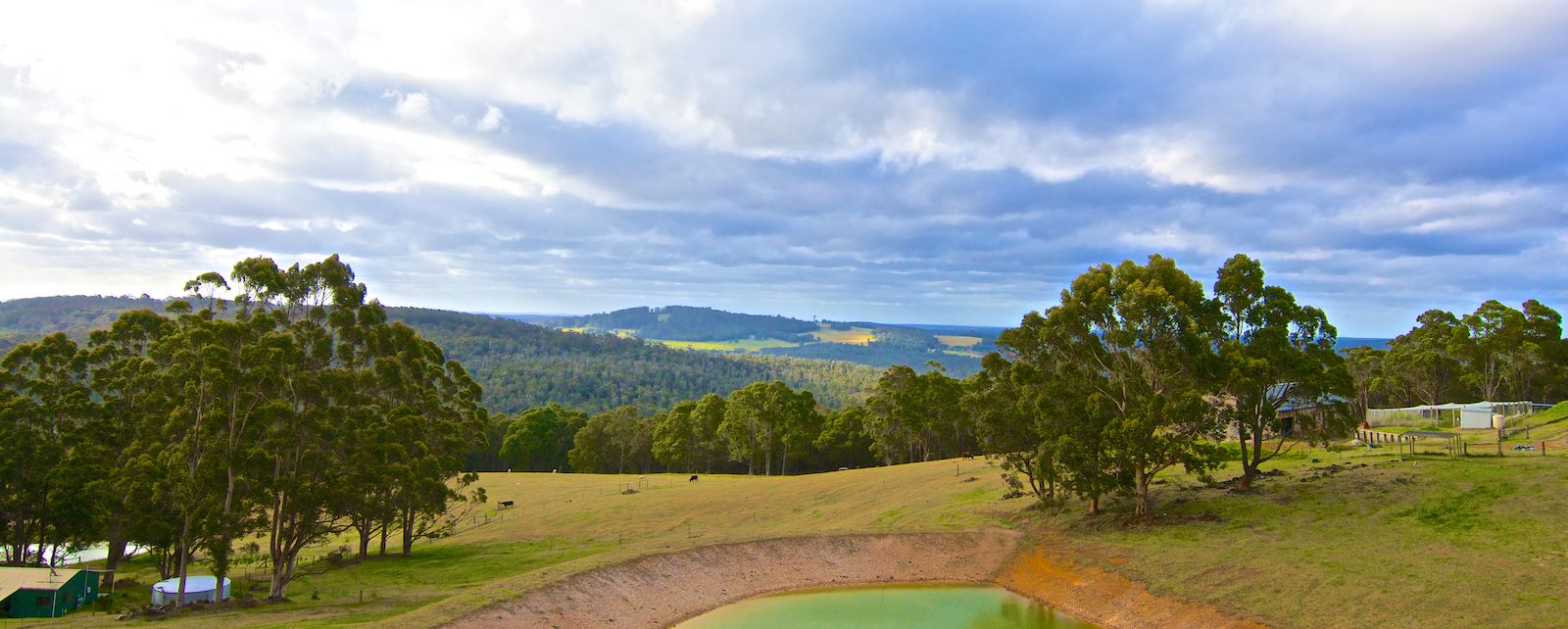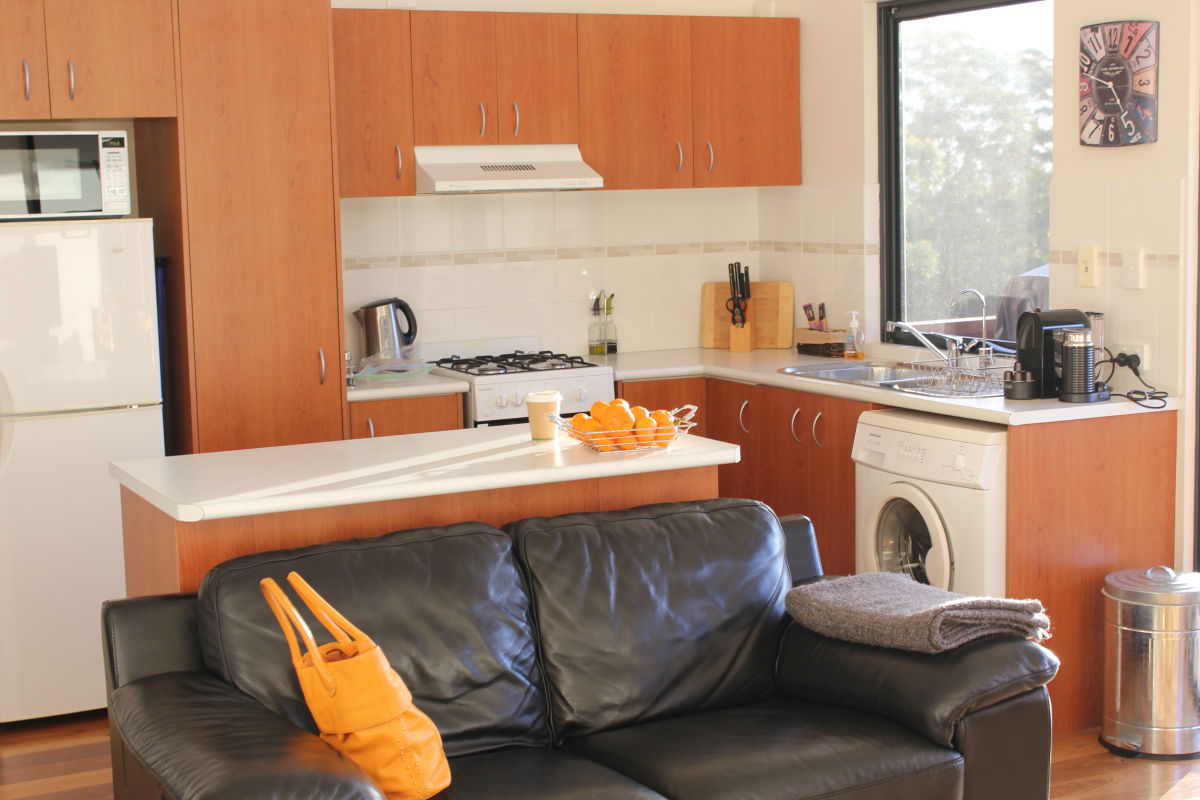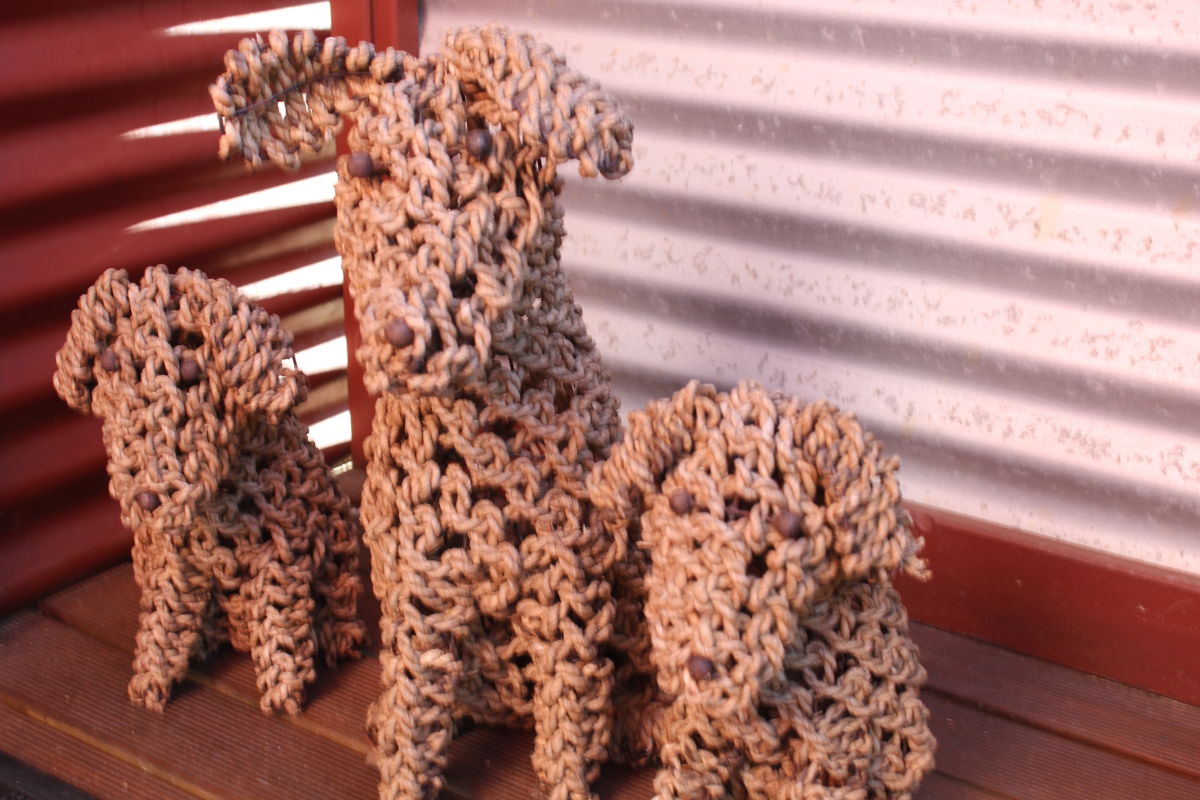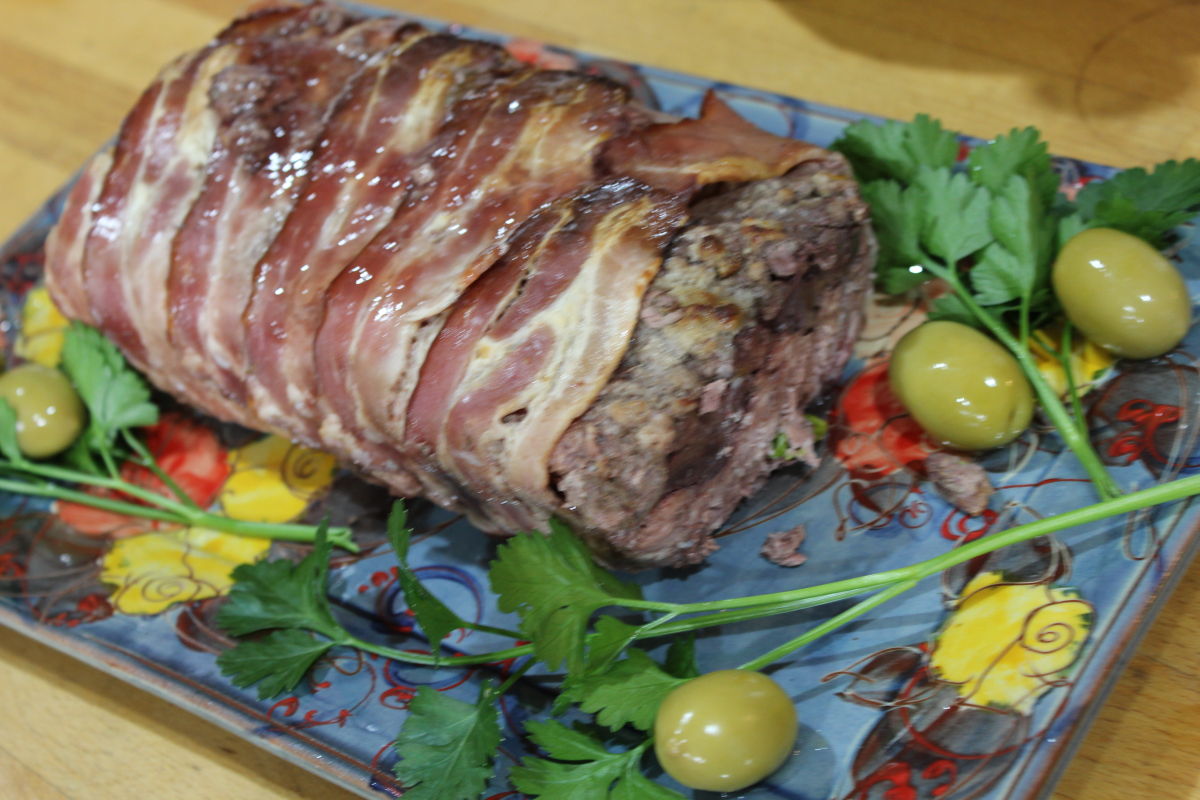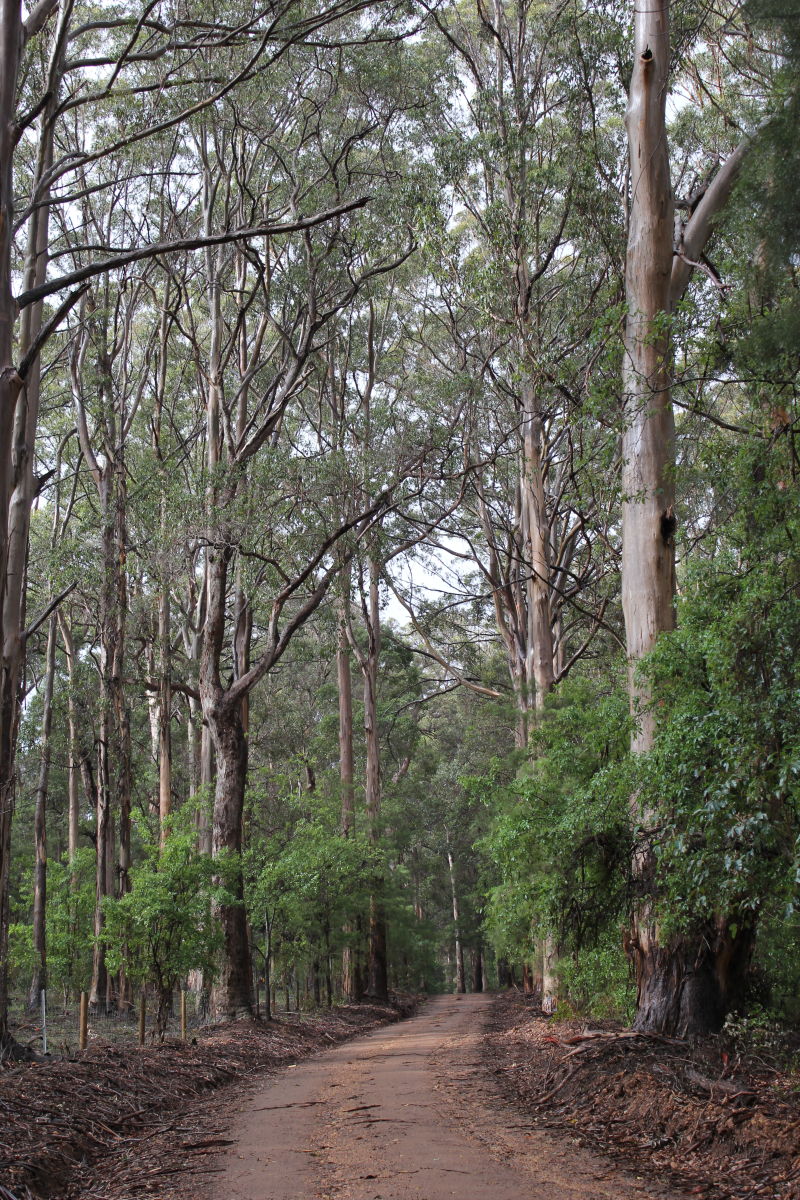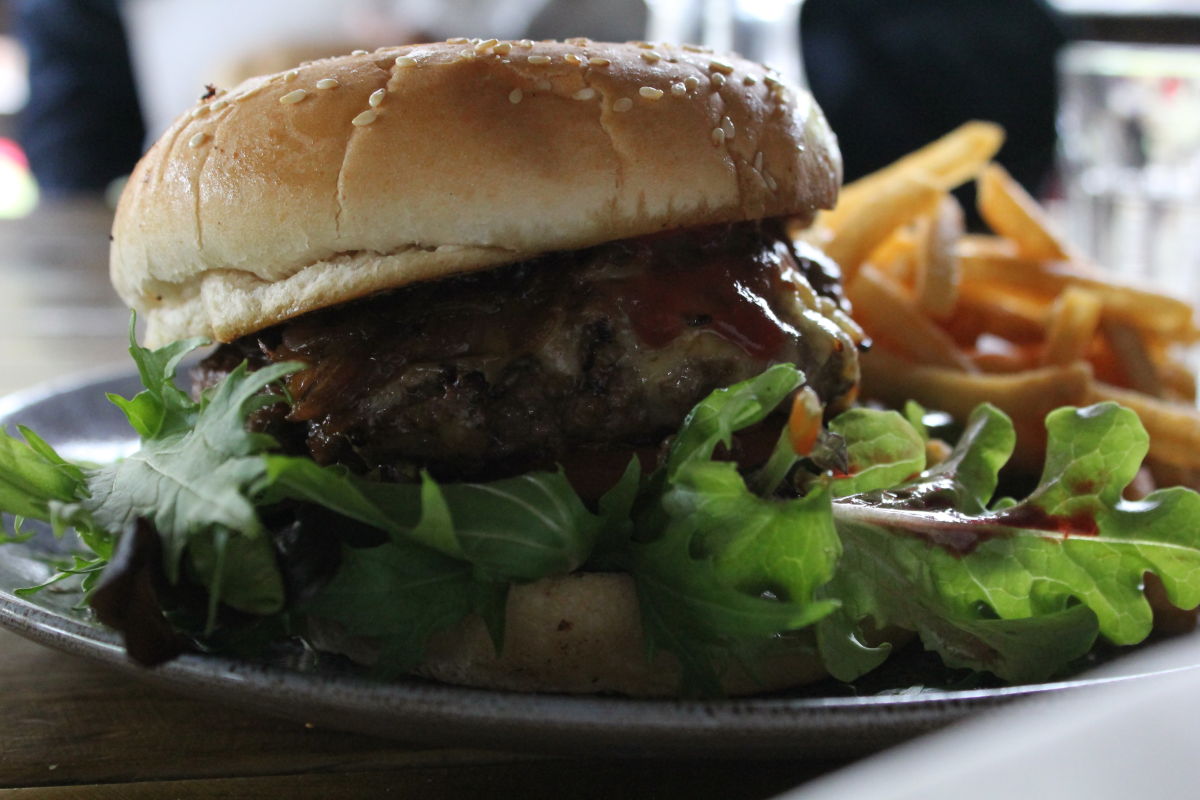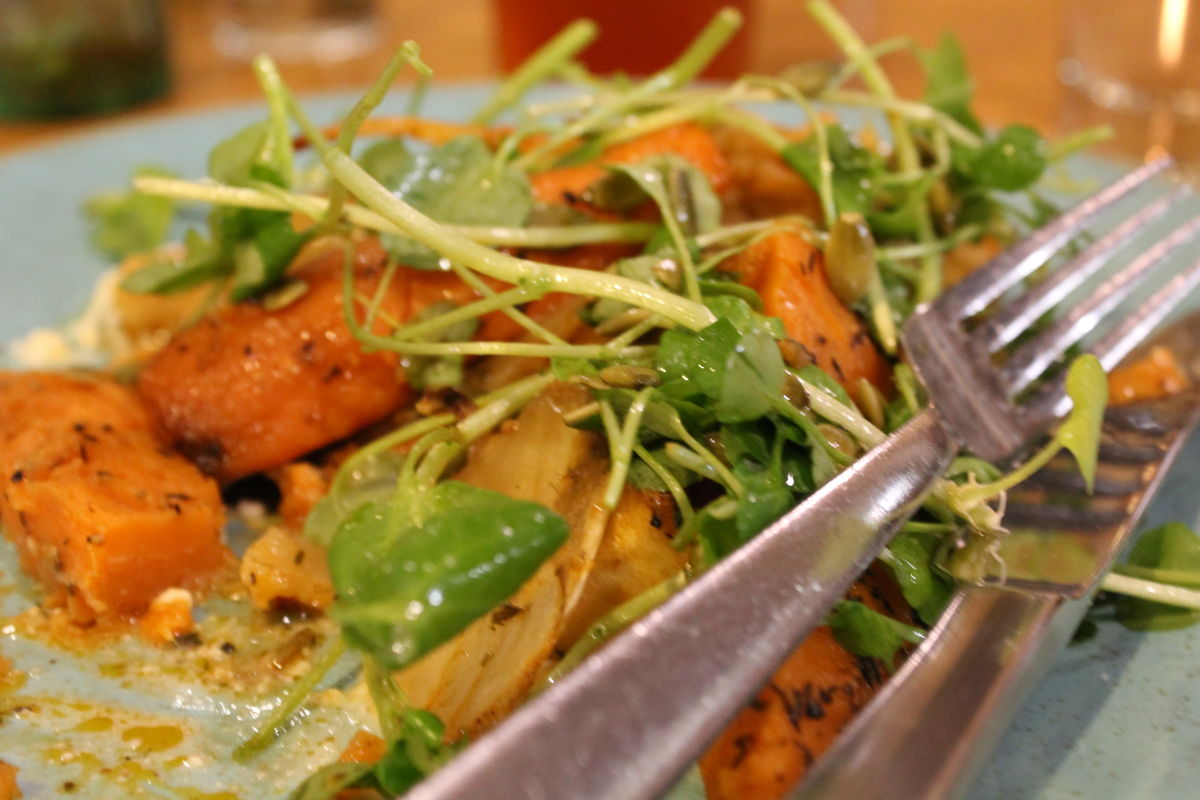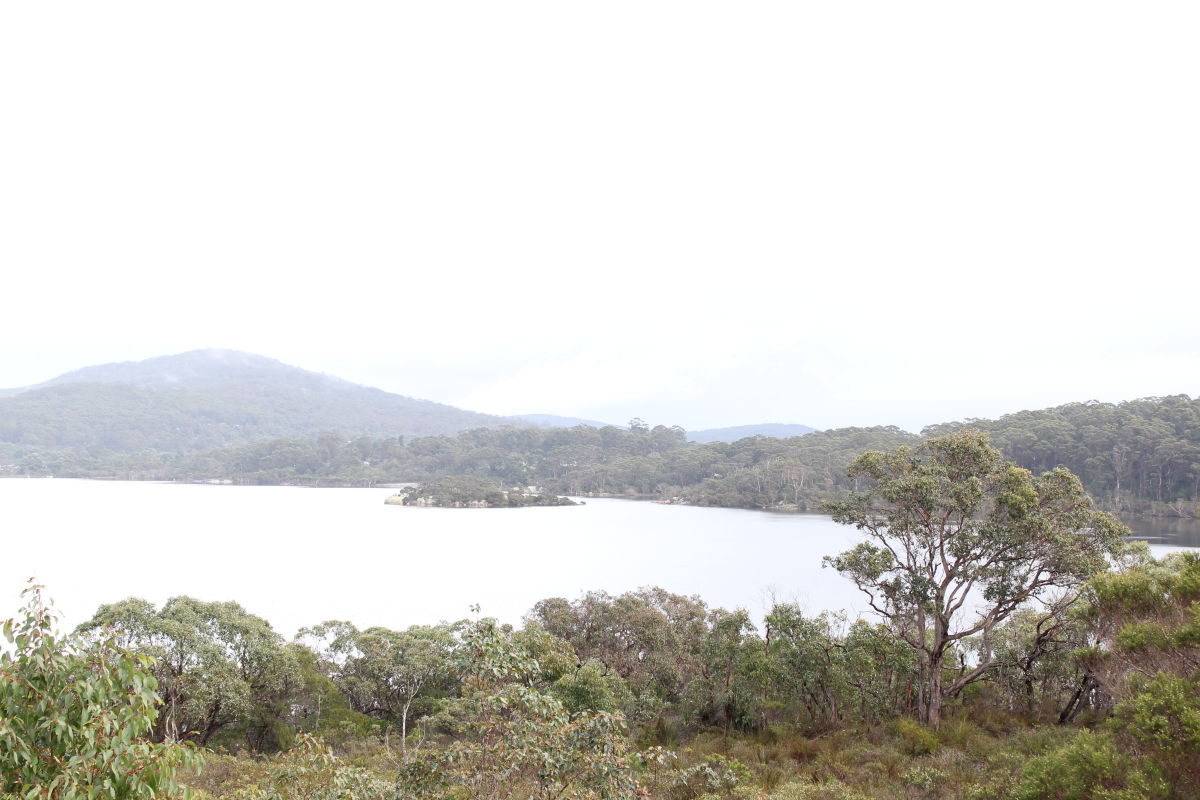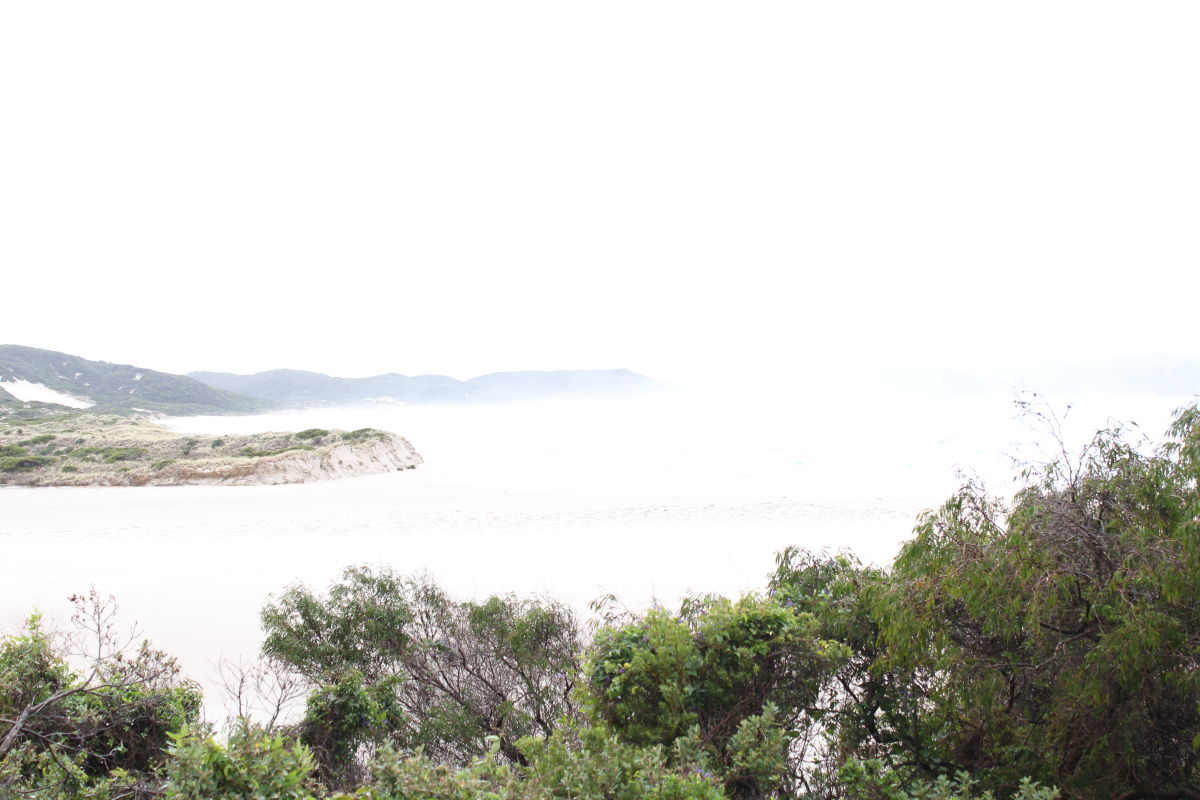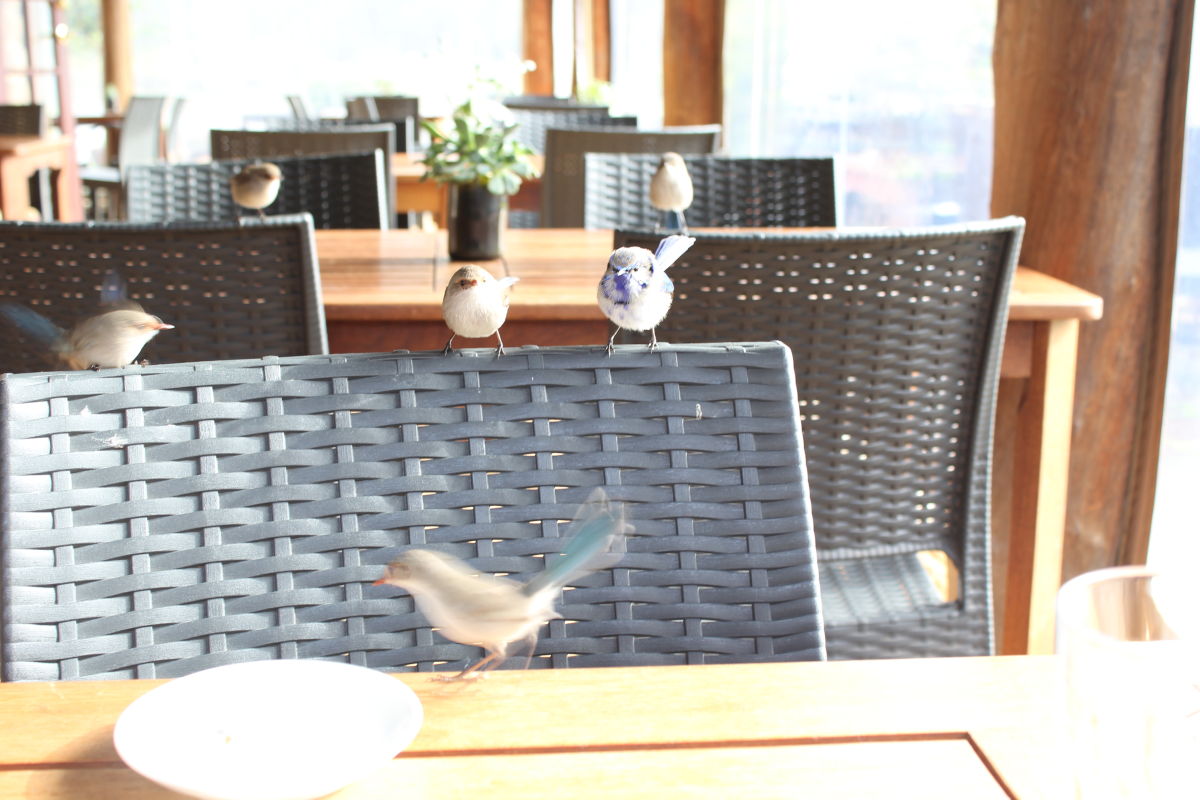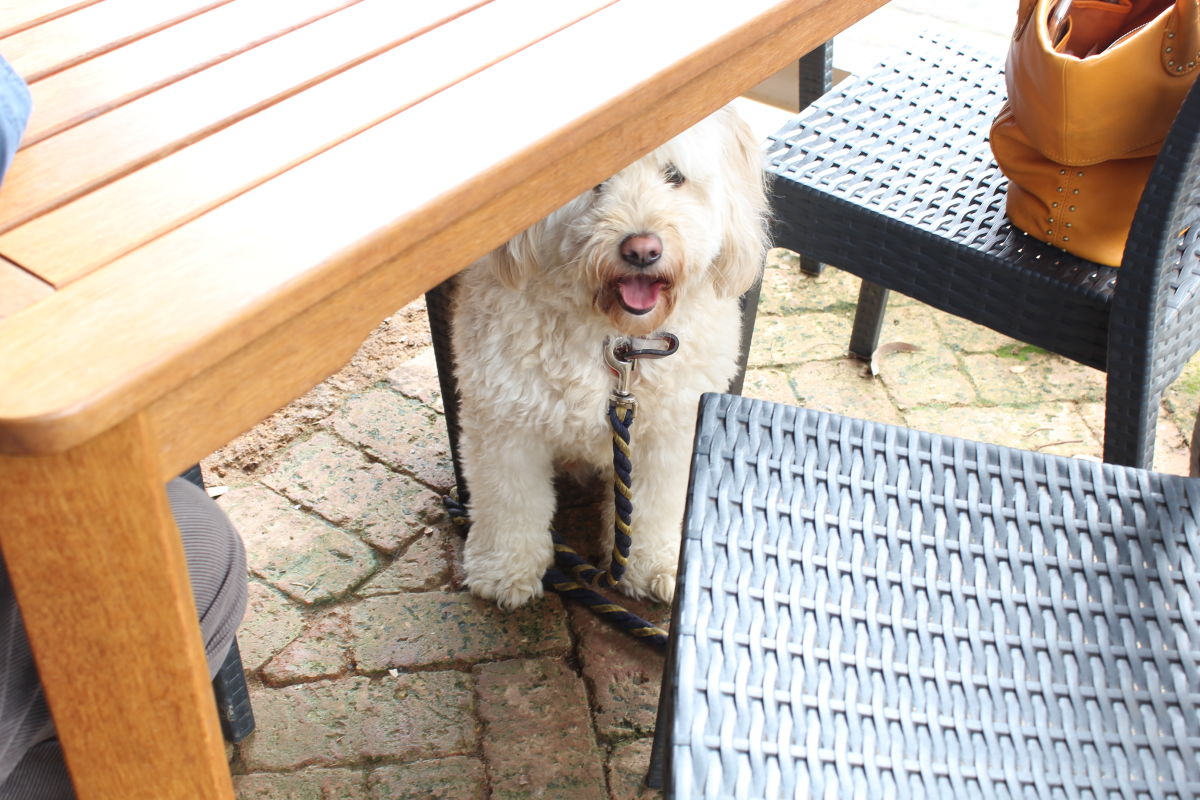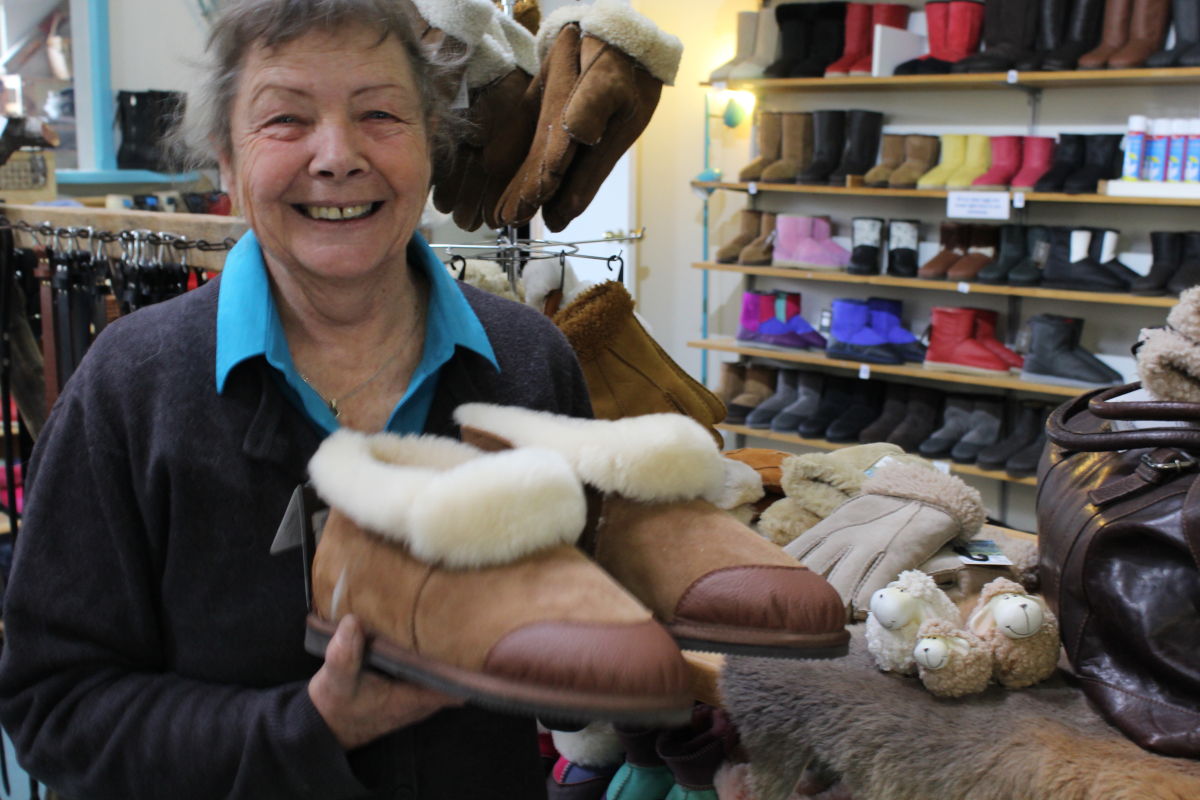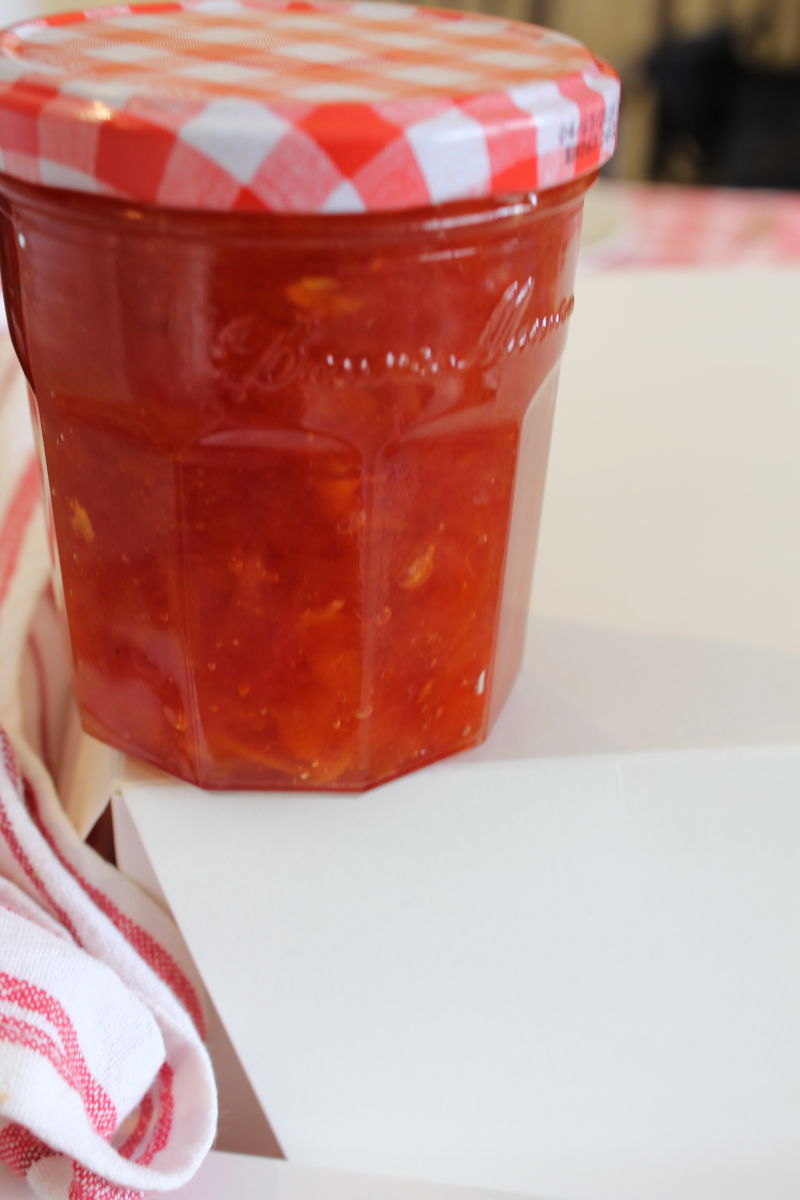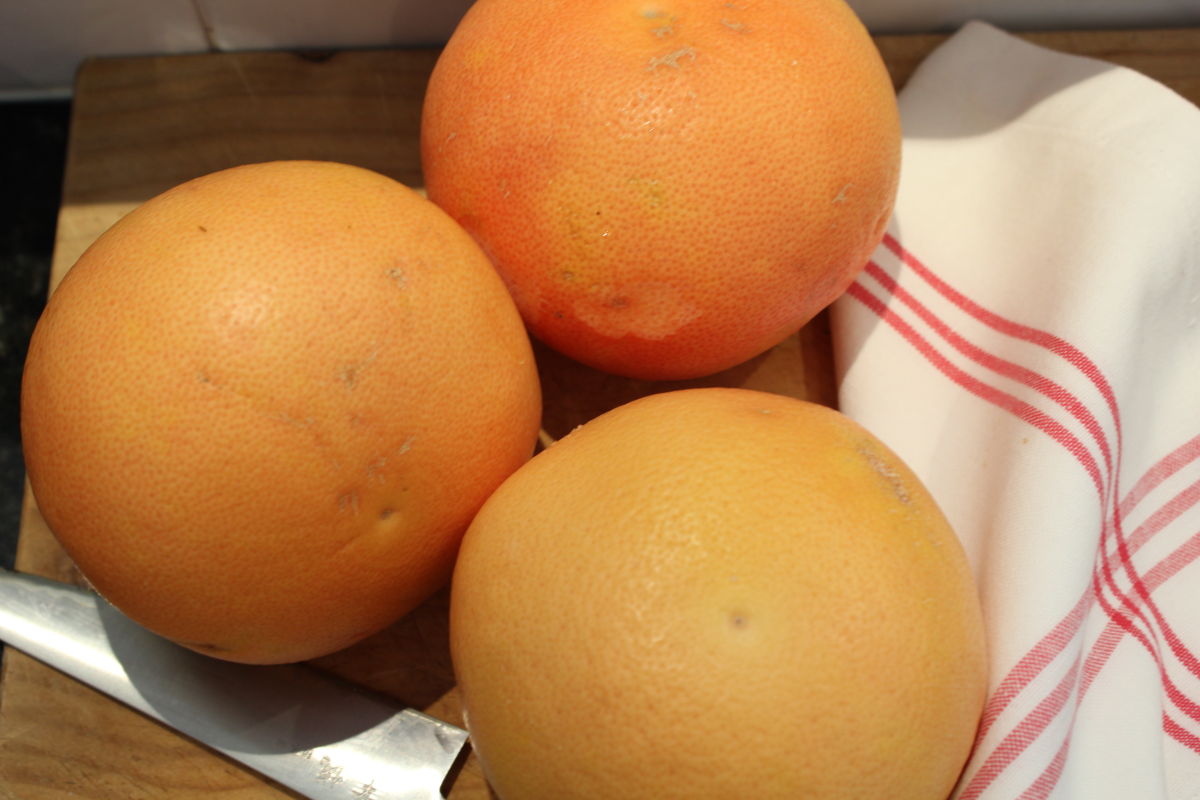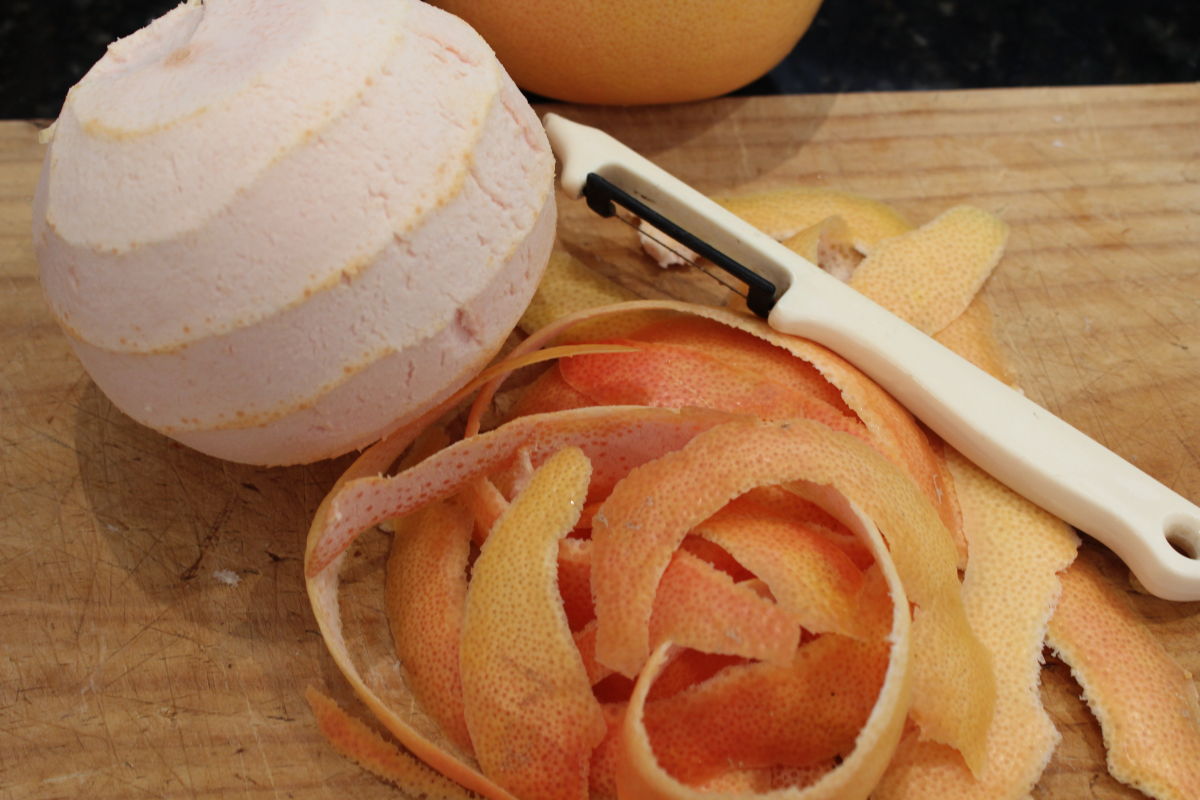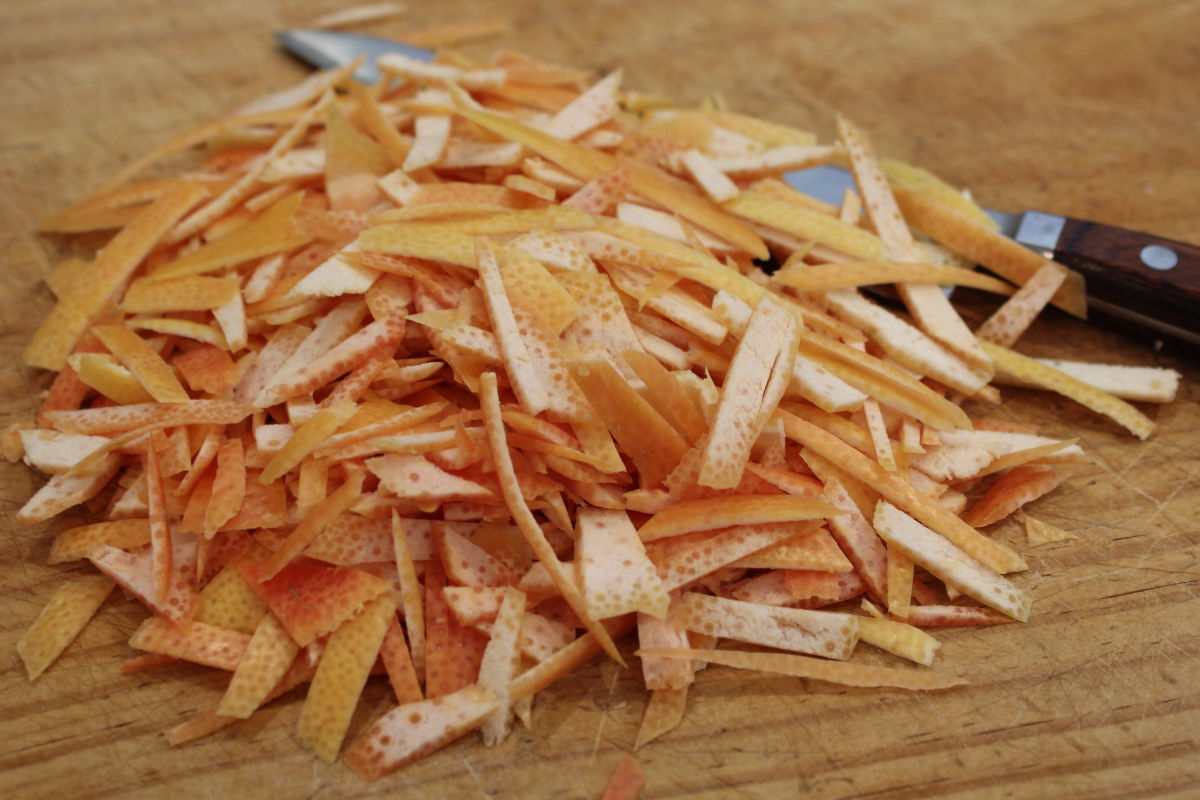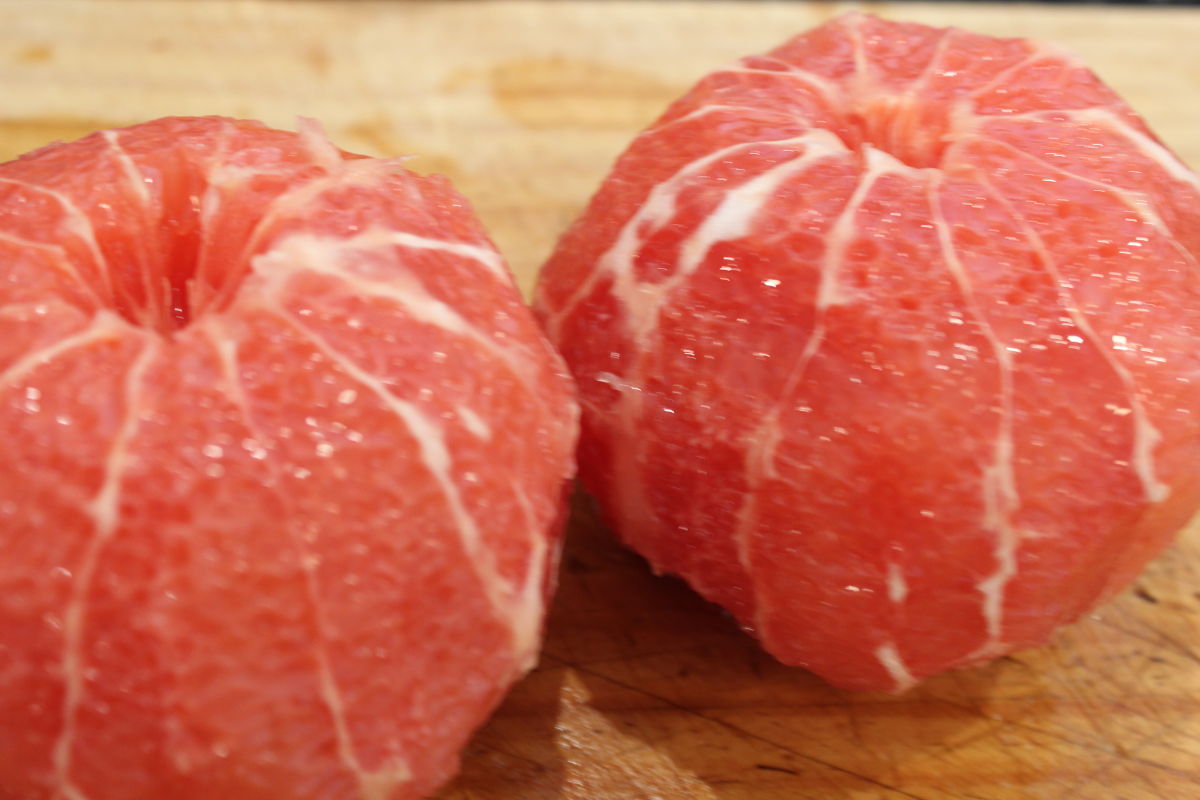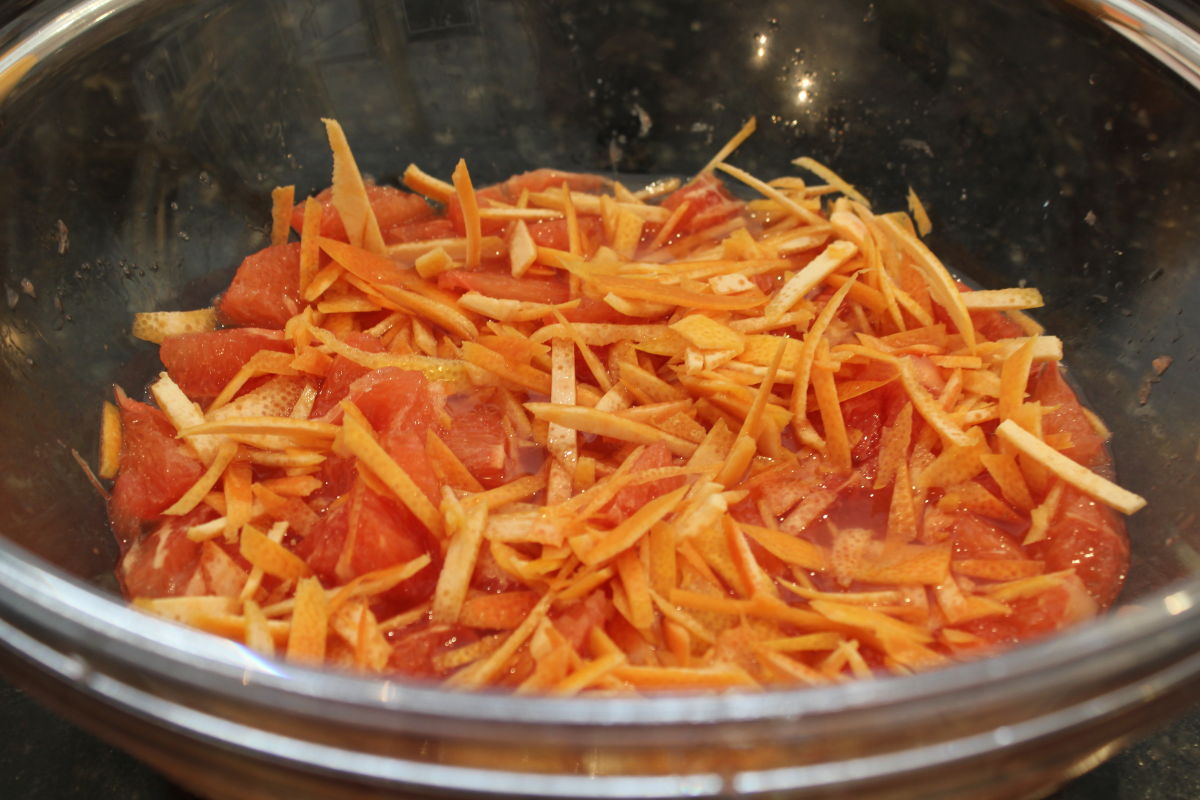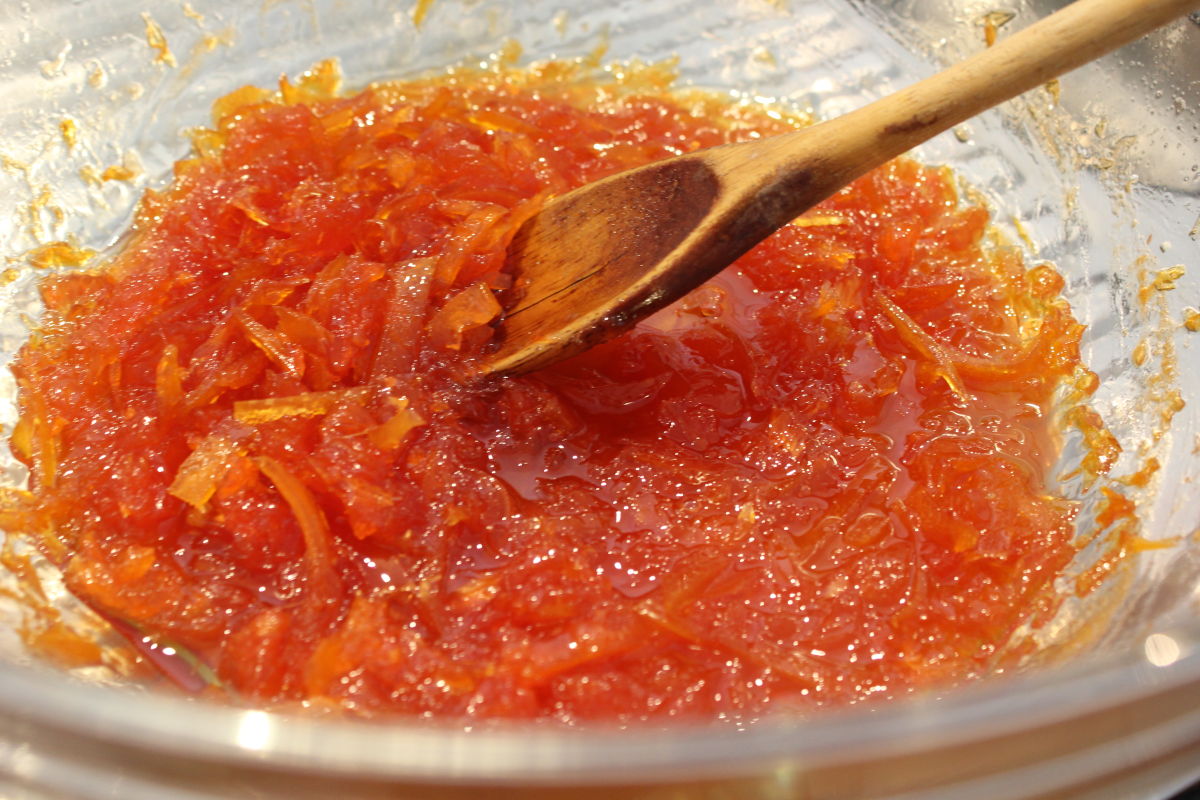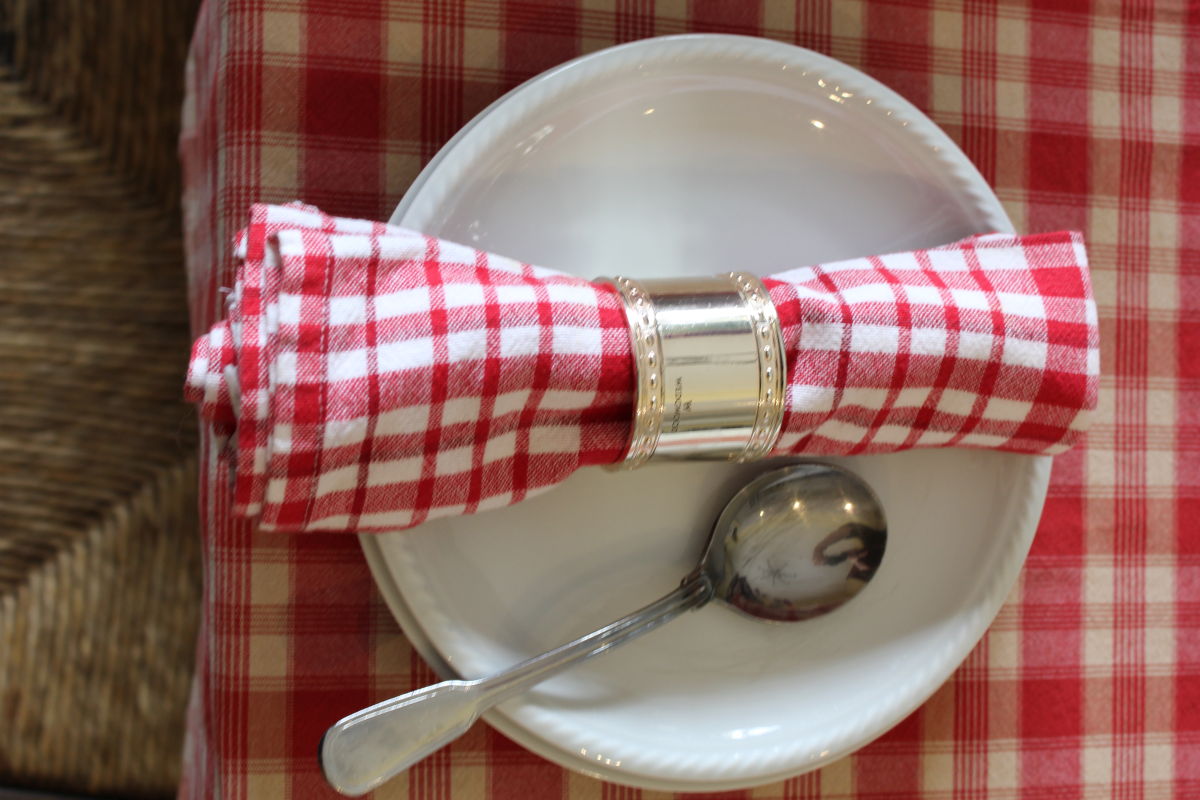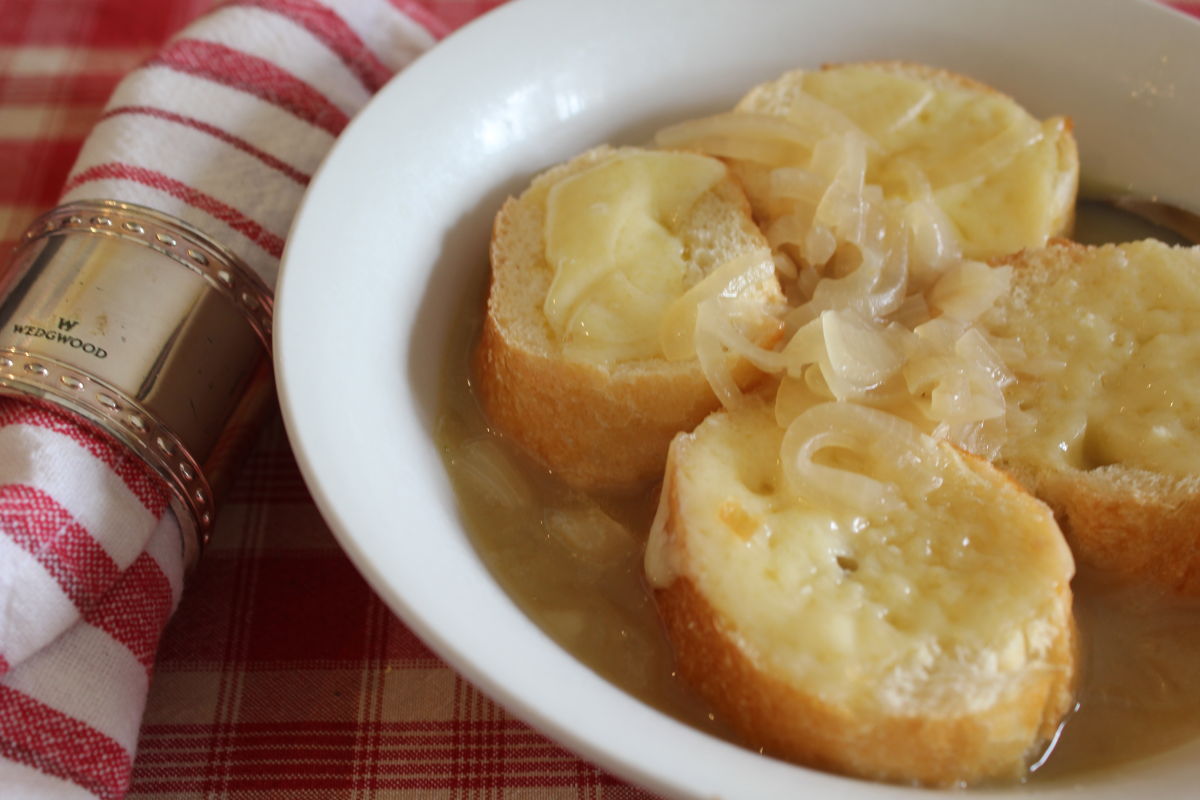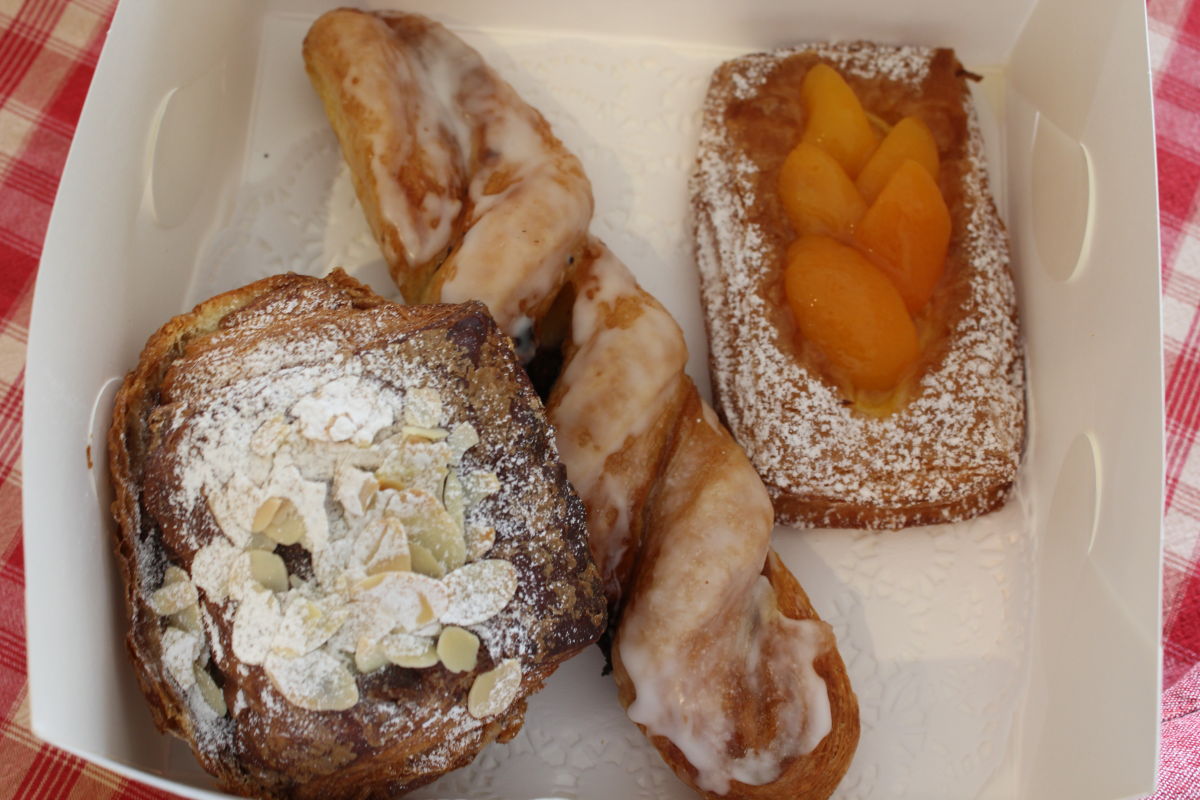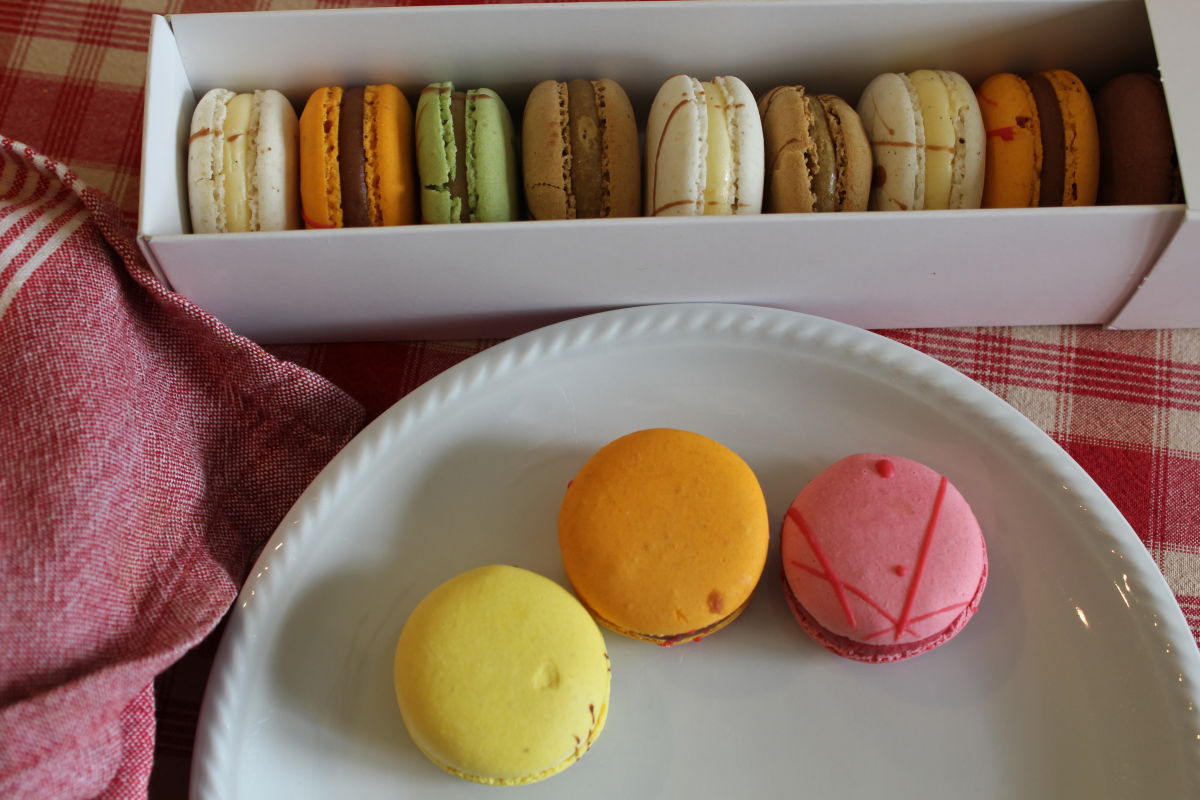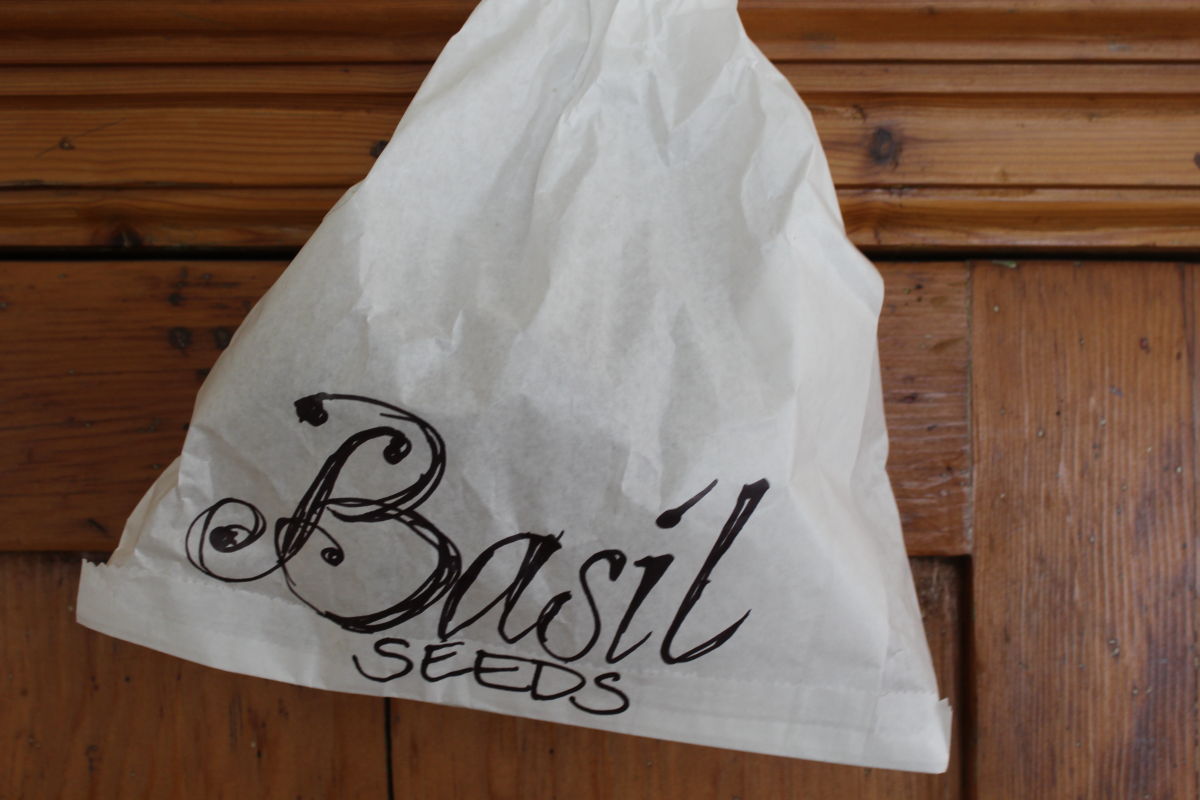

READING Chalcot Crescent, by Fay Weldon, English author, essayist, feminist and playwright. Written in 2009, Weldon imagines the life that might have been lived by her stillborn younger sister whom she envisaged as a once famous author, a national treasure and a fierce feminist. The younger sister steals Weldon’s life. It’s 2013, Communism has failed, Capitalism is abandoned except by the public servants of the people, who like the best of everything, and frugality has ruined the economy. Centralized government rules. This take on Britain in 2013 is astute, funny and thought provoking. Sounds a bit grim but was a good read.
![Un Village Francais: Series 1 [Region 4]](https://images-na.ssl-images-amazon.com/images/I/81NaL4Tjw3L._SY445_.jpg)
![Un Village Francais: Series 1 [Region 4]](https://images-na.ssl-images-amazon.com/images/I/81NaL4Tjw3L._SY445_.jpg)
WATCHING The first series of Un Village Francais, the story of a fictional French village near the French/Swiss border and it’s inhabitants and their lives during the German Occupation from 1940 -1945. It highlights the challenges and dilemmas of surviving as families are shattered, people disappear and food becomes scarce. It shows the repression and fear during occupation, the disparate French Resistance groups all interspersed with individual loyalties and antisemitism. We borrowed it from the library. Can’t wait for the next series.
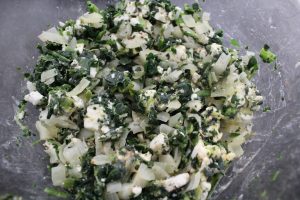

MAKING Spanakopita, feta and spinach pie. This is my recipe so I don’t know how true it is to the original Greek recipe but it tastes very good, hot or cold. It makes four generous serves or six light serves. Dice one medium sized onion and cook it in a dessert spoon of butter in a bowl in the microwave until the onion becomes opaque. Add it to 250gm ( 0.55lb ) broken up goat feta and one thawed packet of spinach (200gm/0.44lb) squeezed dry. I’ve tried making it with fresh spinach from the garden but can’t cut it finely enough to get the same results. Stir in two beaten eggs and a teaspoon of nutmeg. Of course, you can use any good feta, not just goat.
Line a medium sized casserole dish or similar with two sheets of filo, draping about a third over the edge to make the top, spread melted butter with a pastry bush on the sheets and add two more. Add the feta/spinach mix, smooth off, then fold remainder of the sheet over the top of the dish and smooth it down before brushing with melted butter. Put in 175 C (350 F) degrees fan forced oven and check after 35 minutes. The top needs to be golden and crisp.
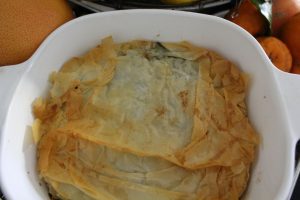

Serve with roasted or steamed vegetables. Enjoy!


Our son wears sober suits or standard chinos and shirts to work. His socks are a different matter.
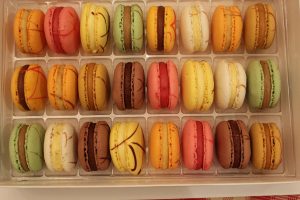

Our weekend treat from our favourite macaron shop Cafe des Delices in Dalkeith. They lasted three days.
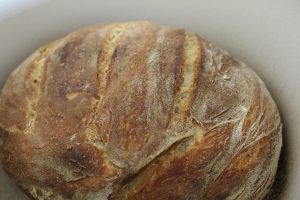

Made bread and discovered the new oven is hotter than the old oven, so will modify the temperature next time.
This Sunday 2nd September is Father’s Day in Australia. The gifts are bought and wrapped for my husband and we will cook a roast lunch, open some wine and enjoy family time, remembering our treasured fathers, too.
How will you celebrate Father’s Day?

